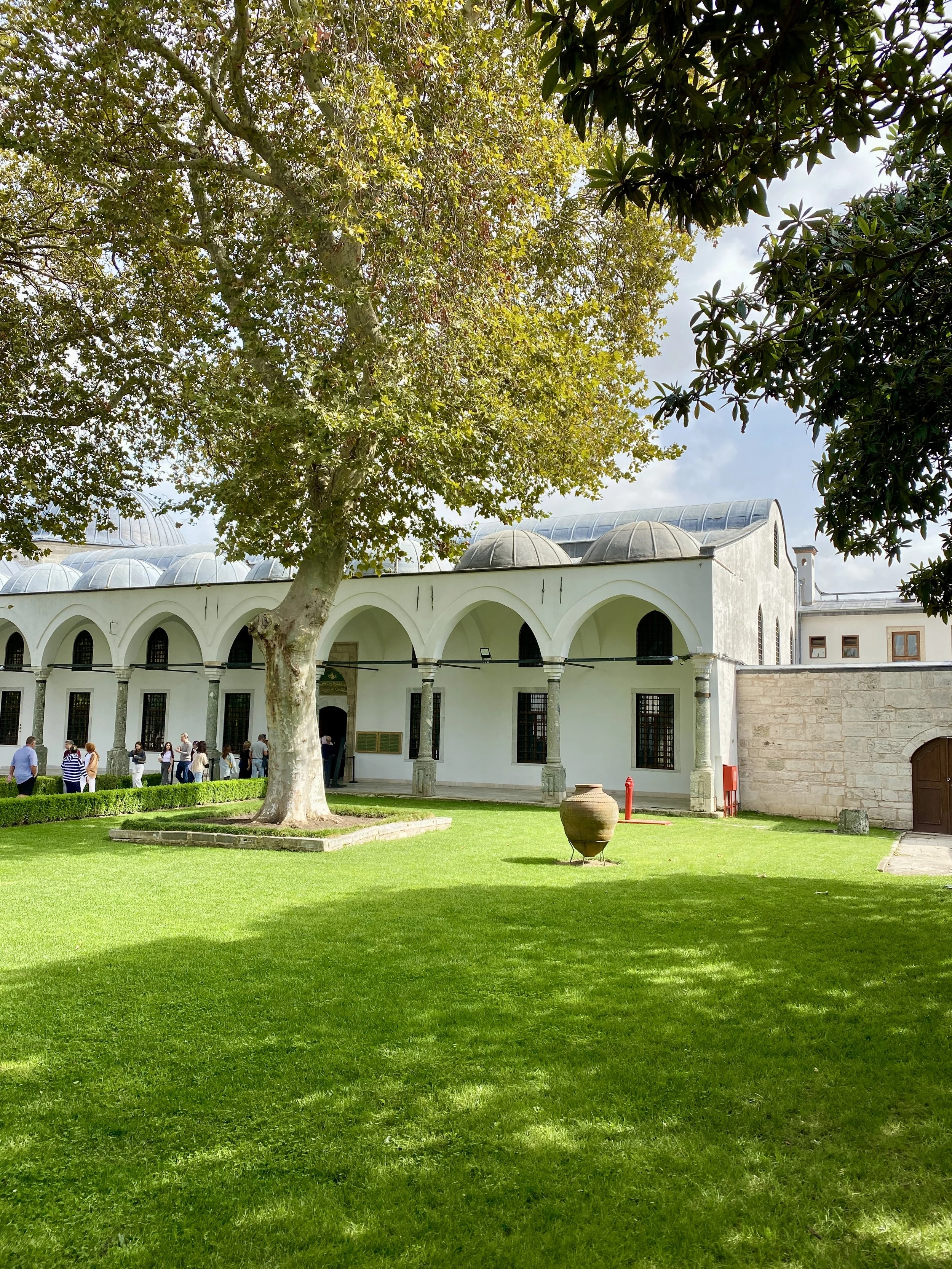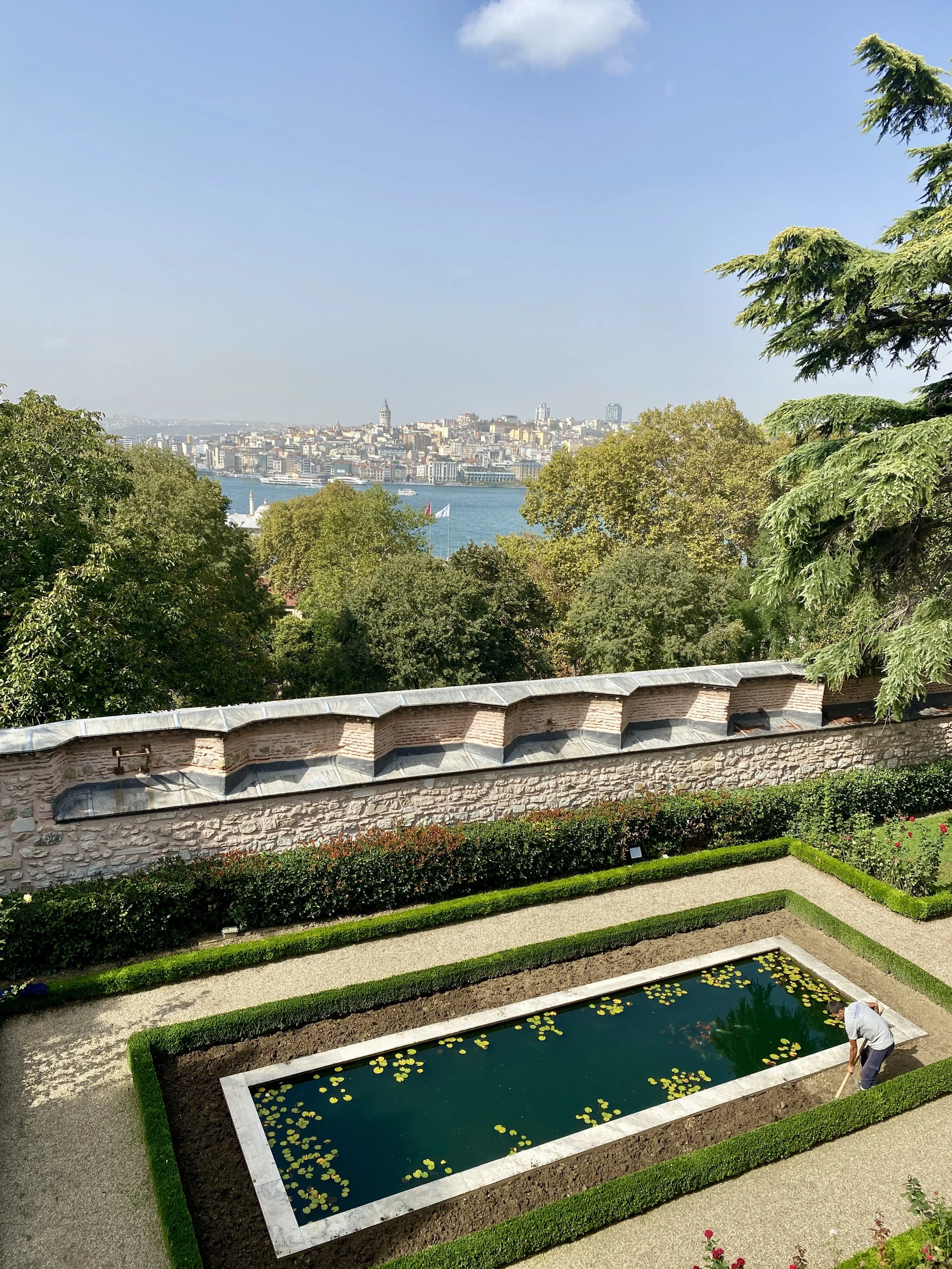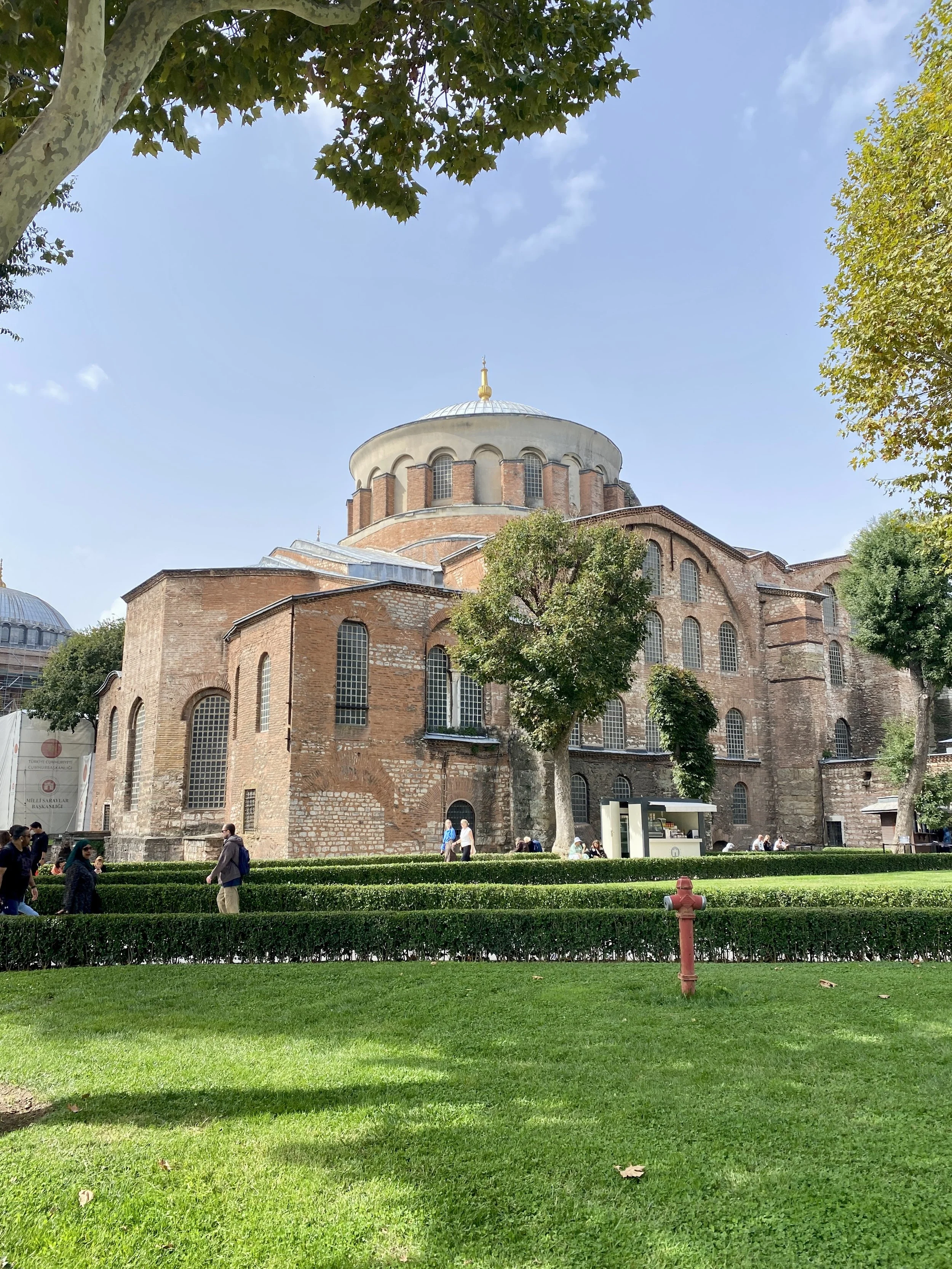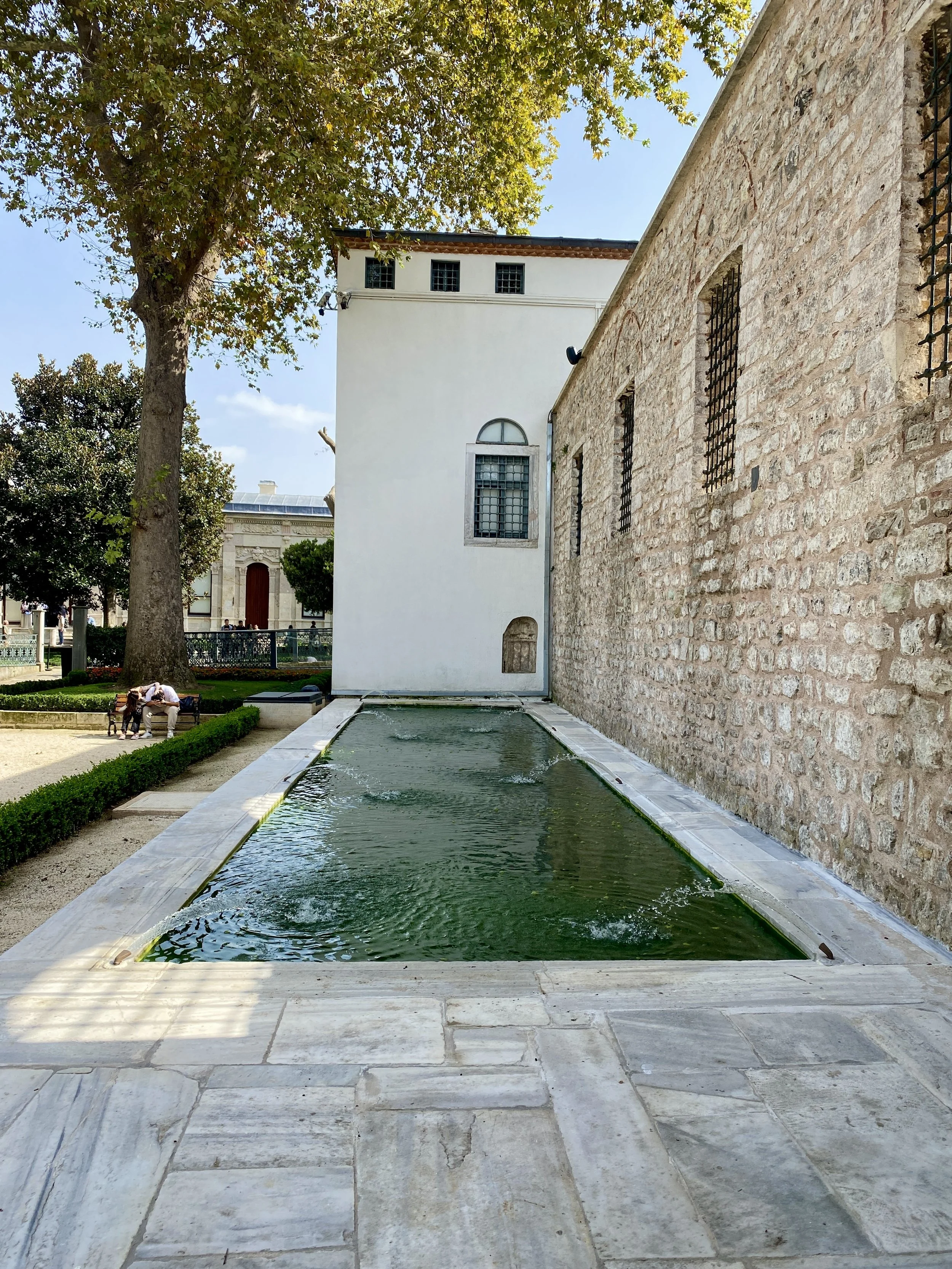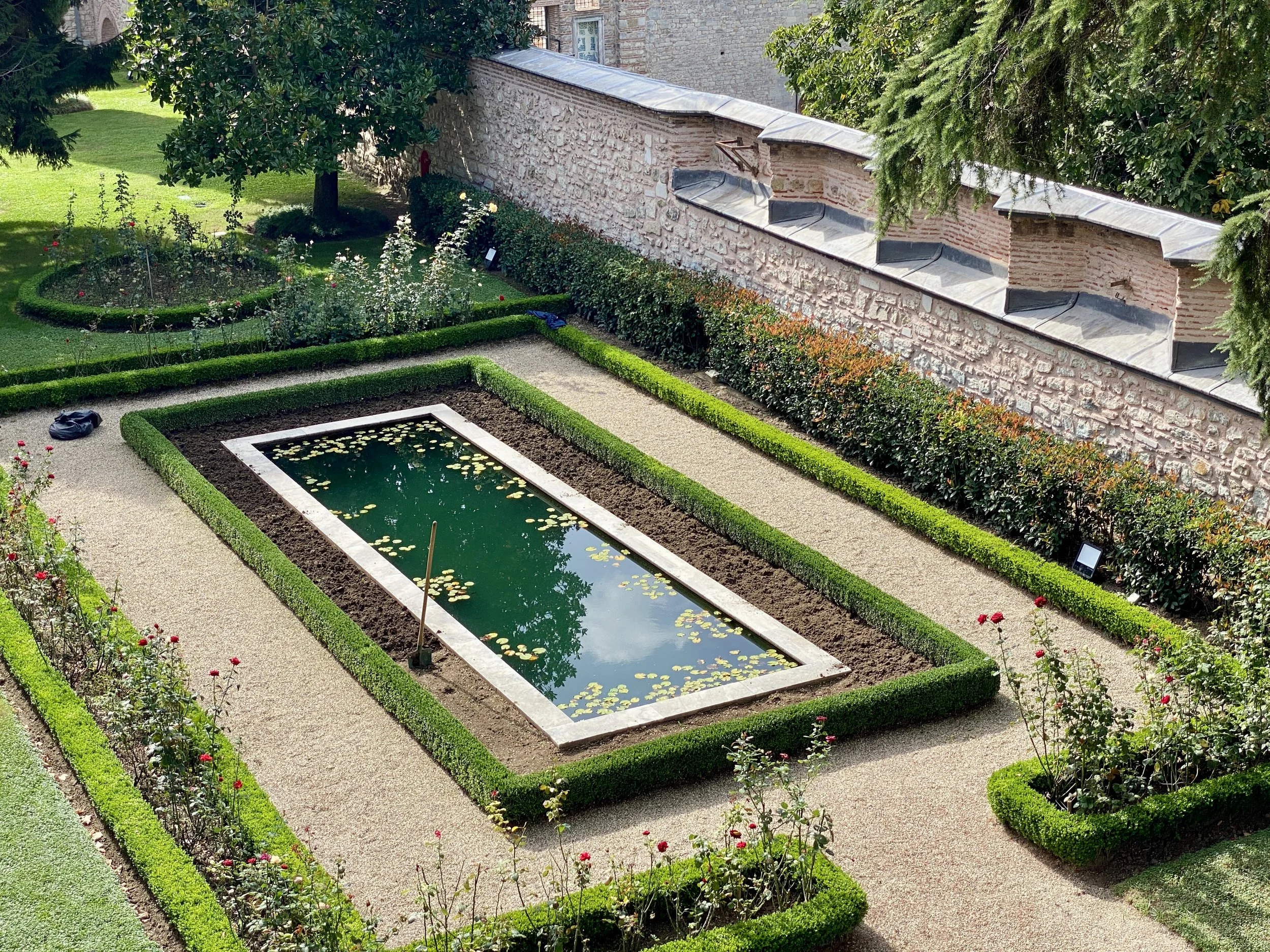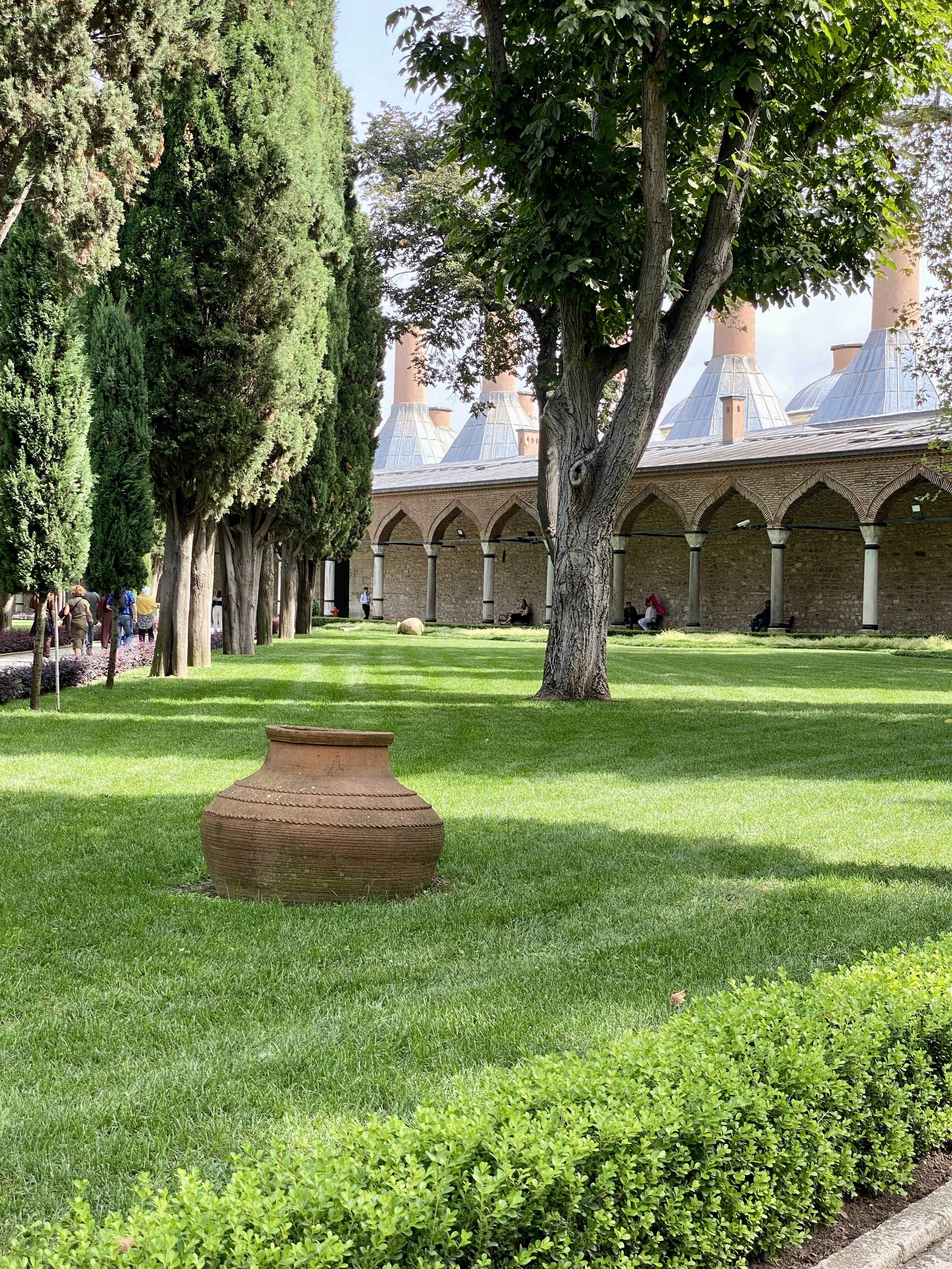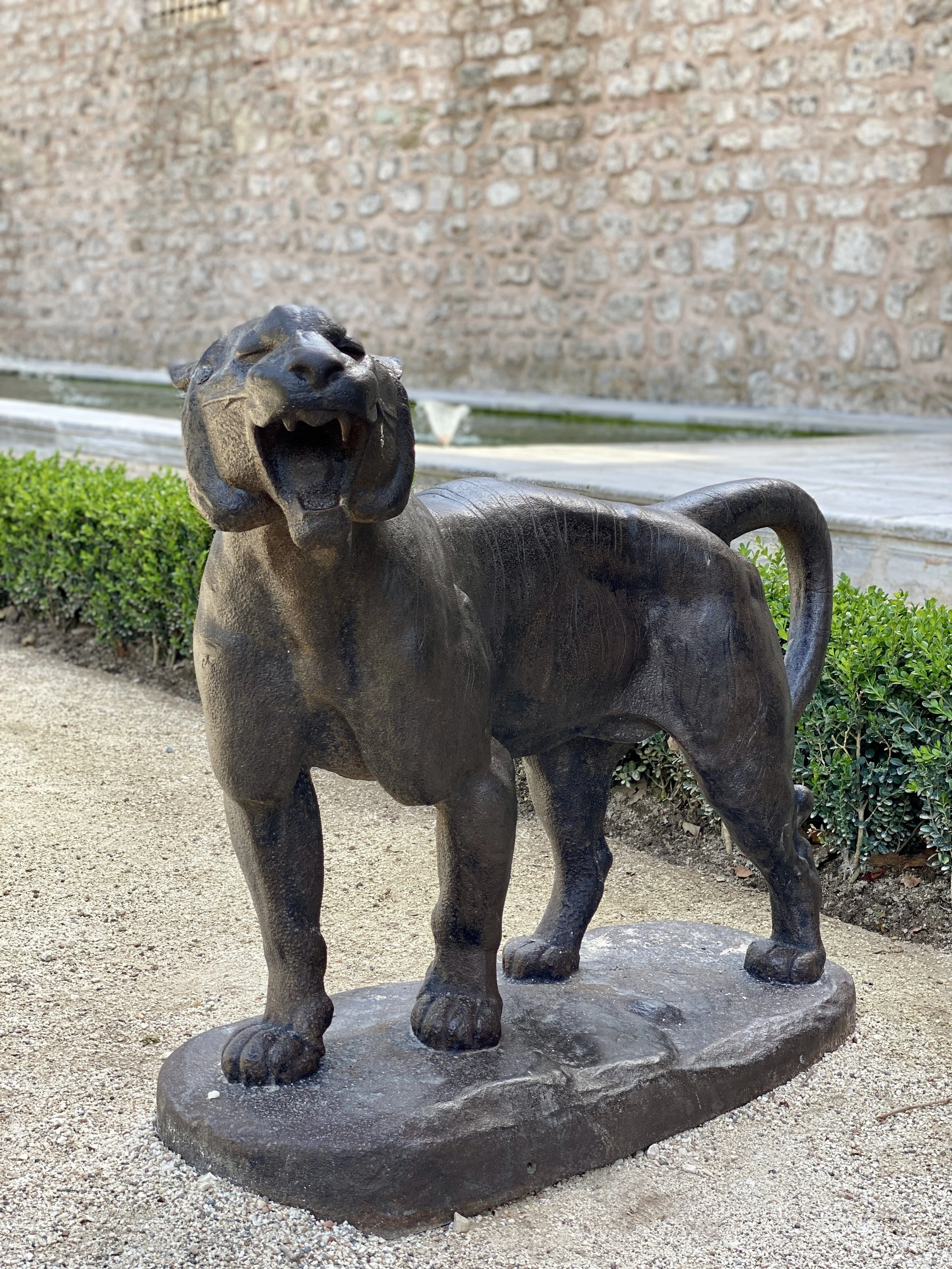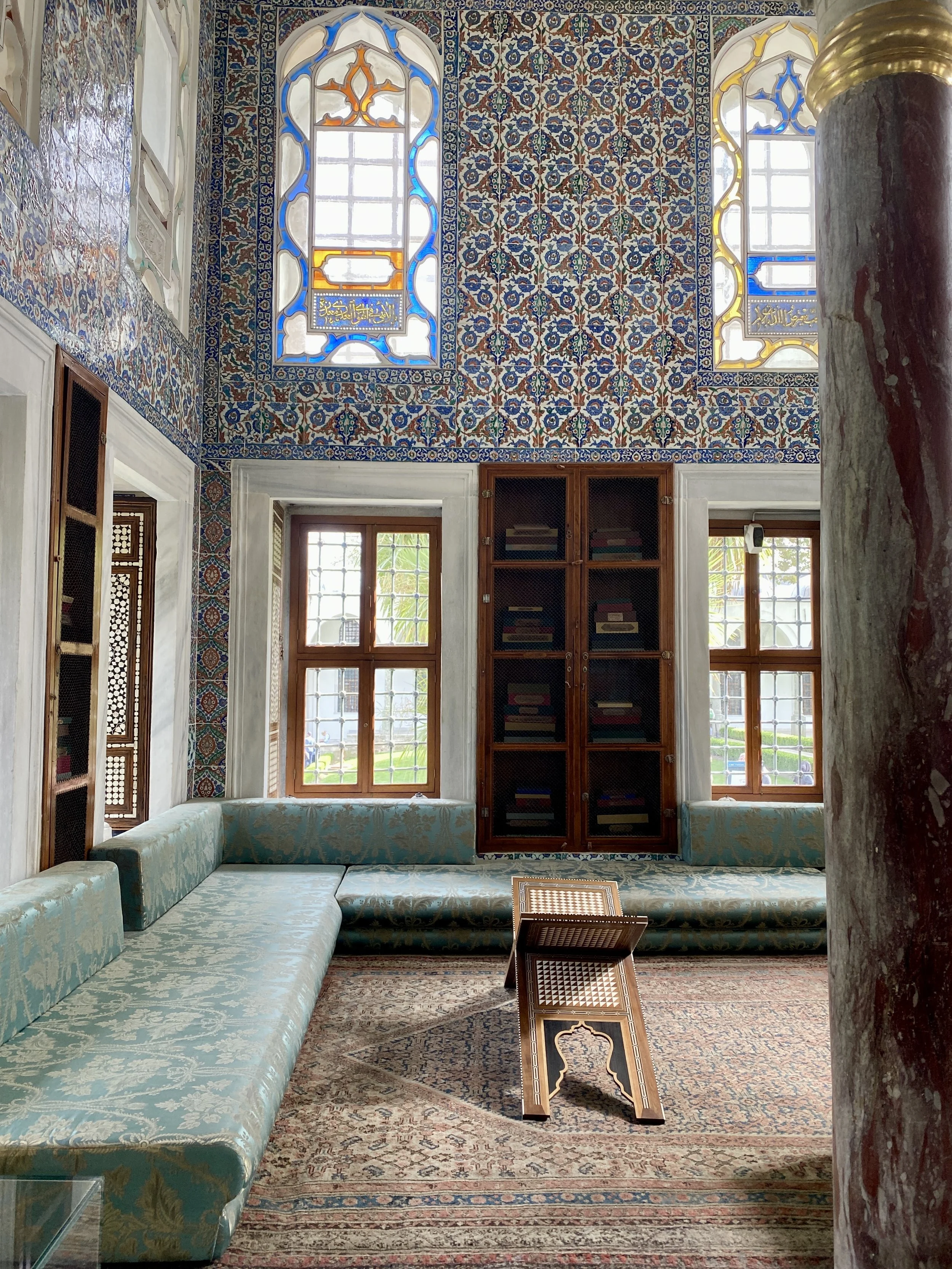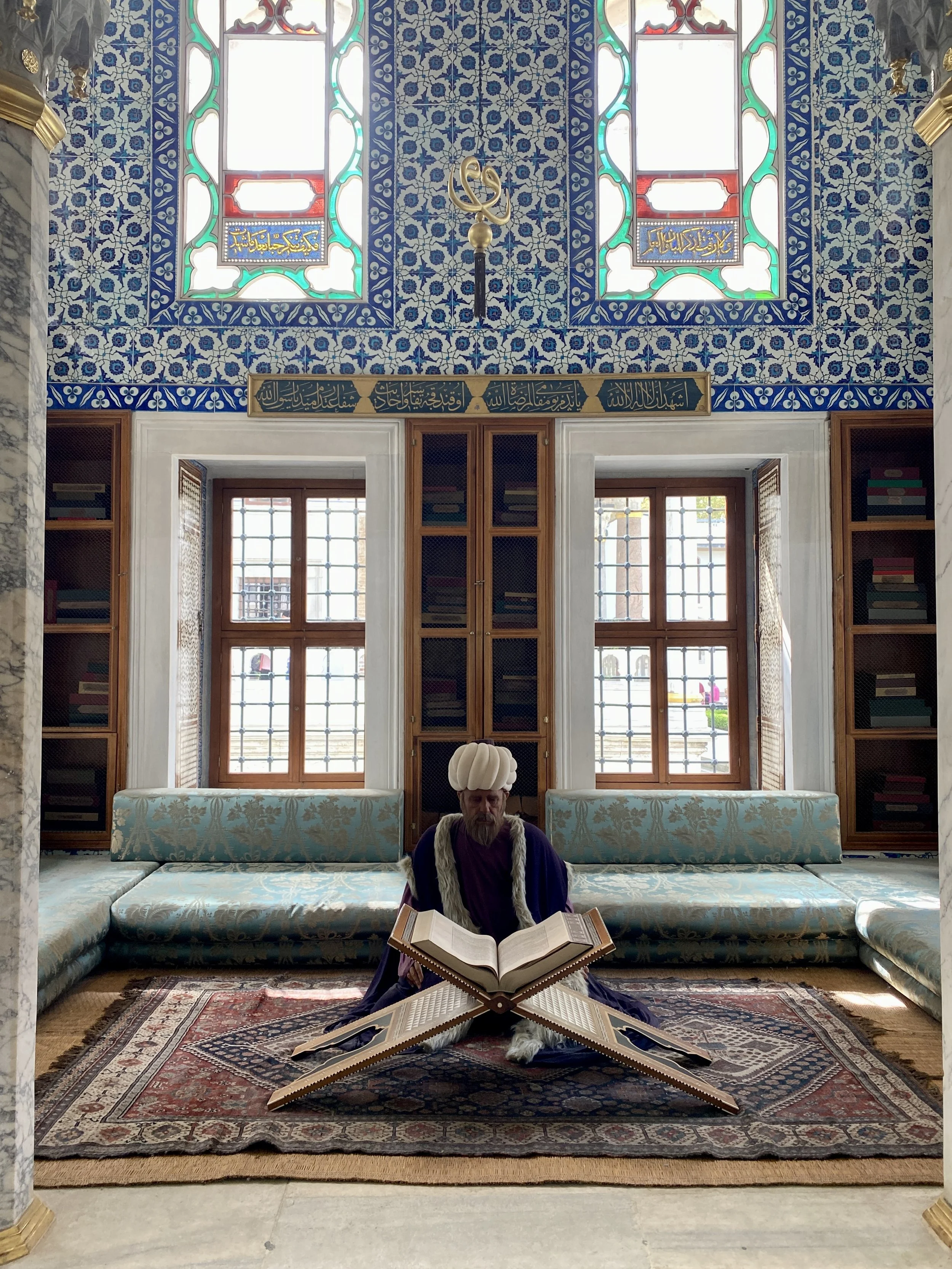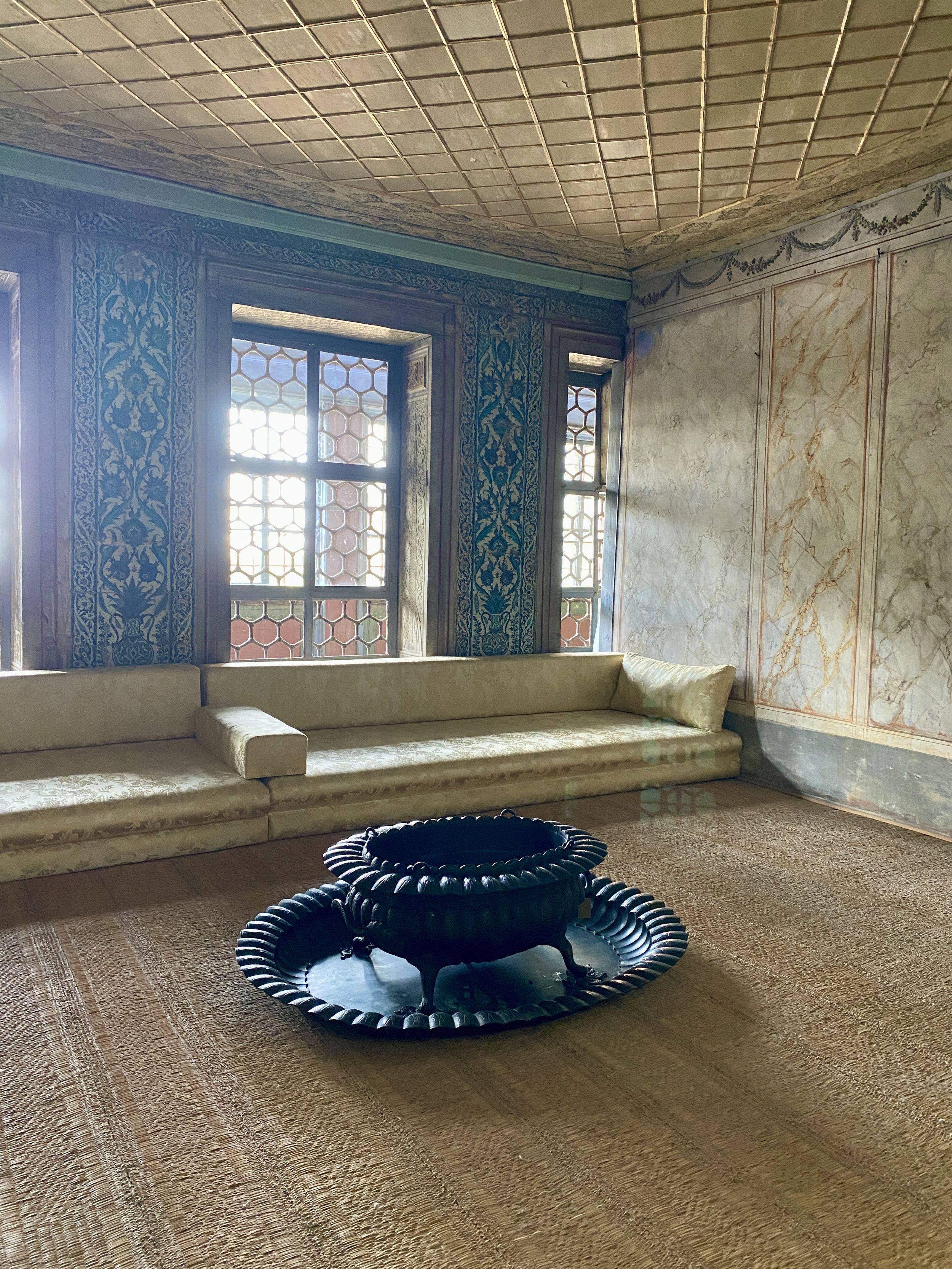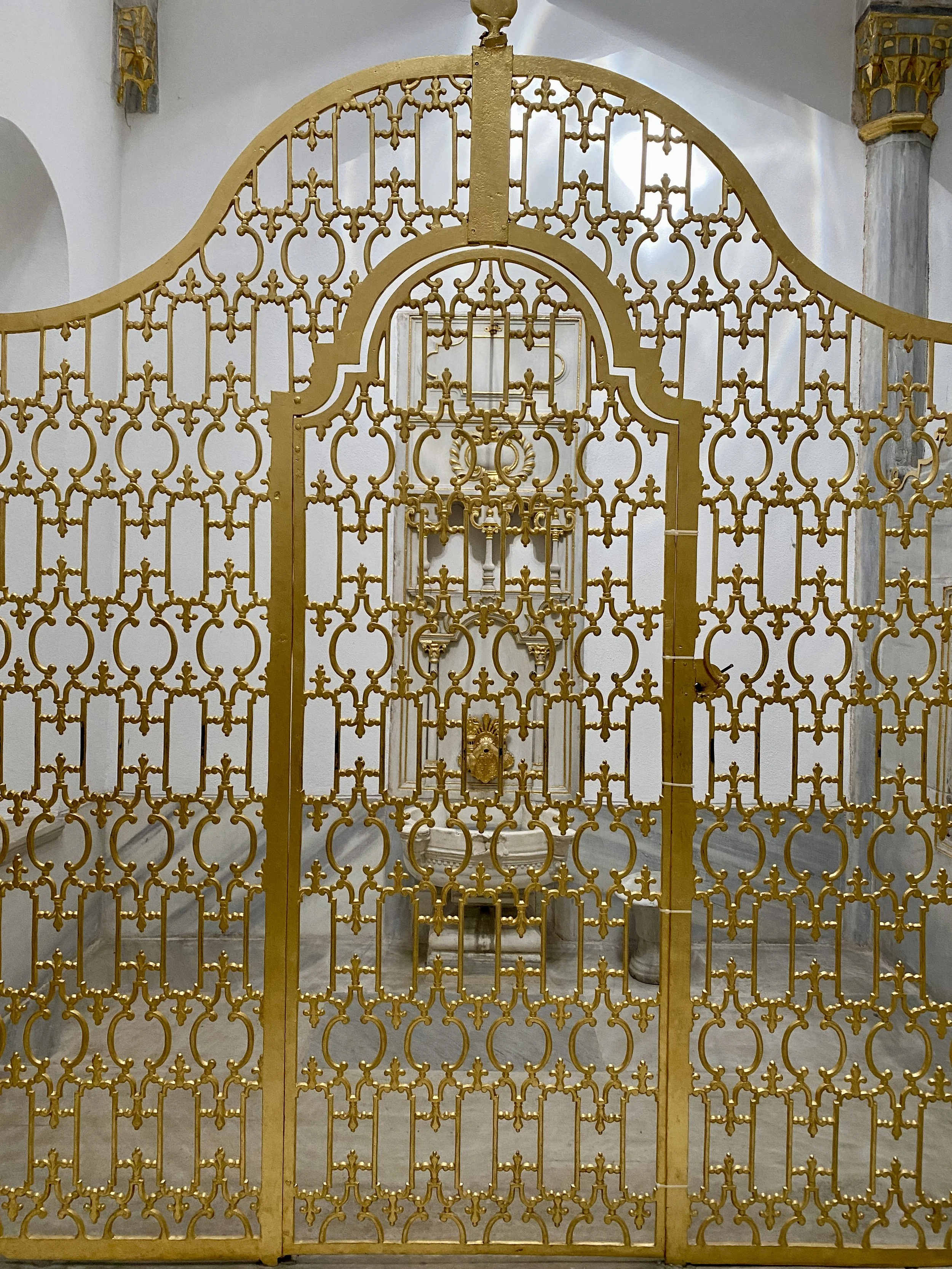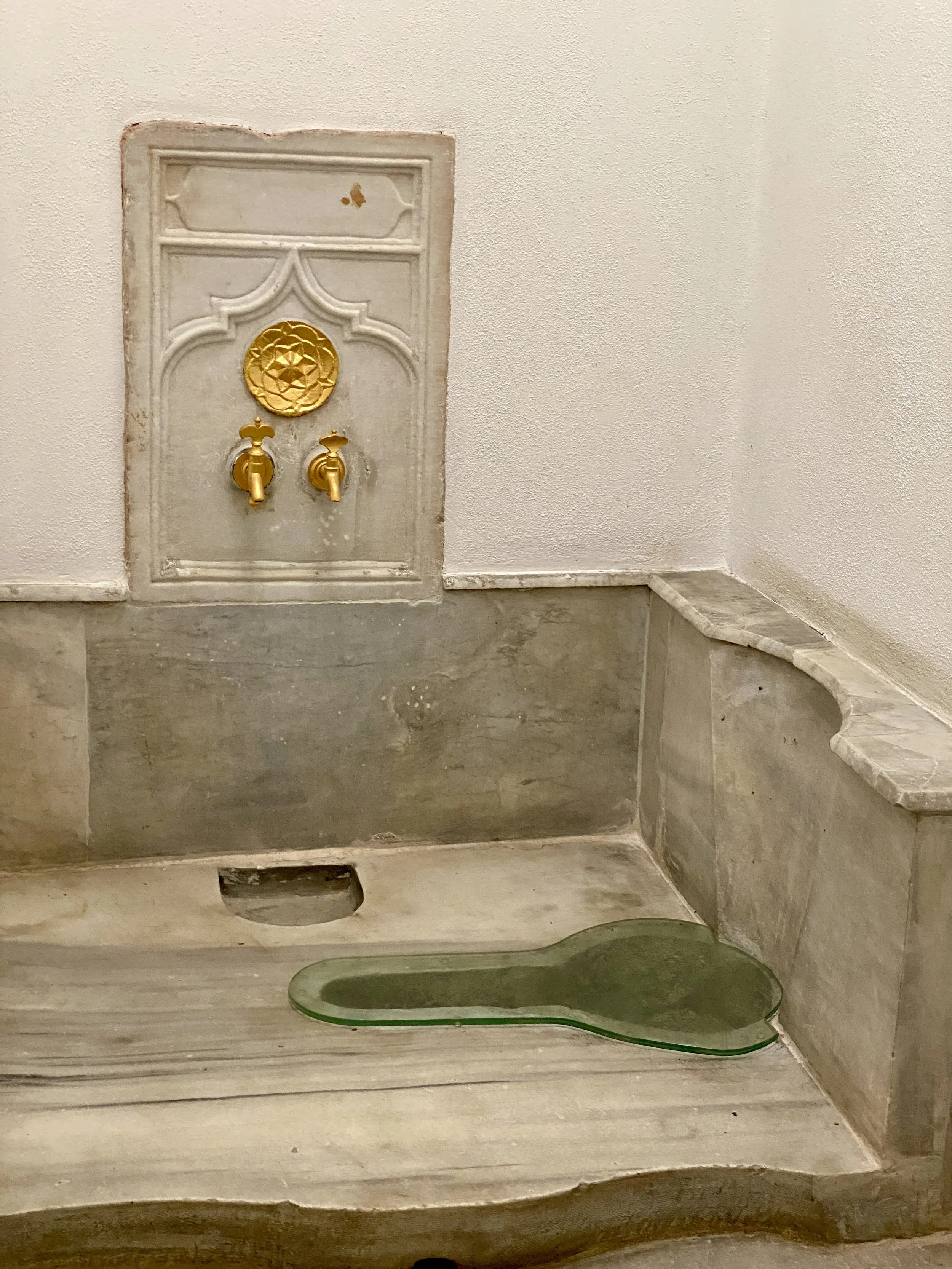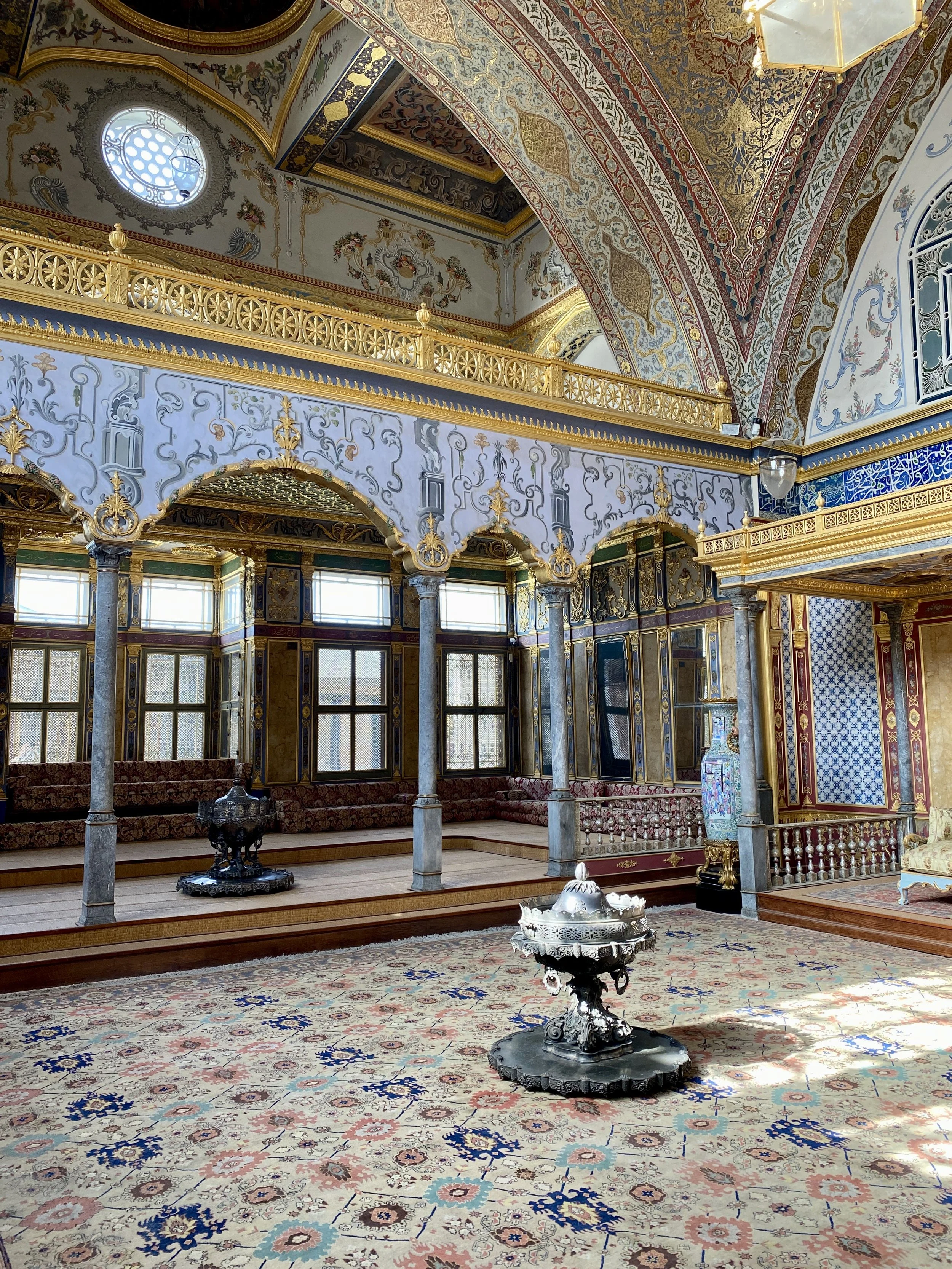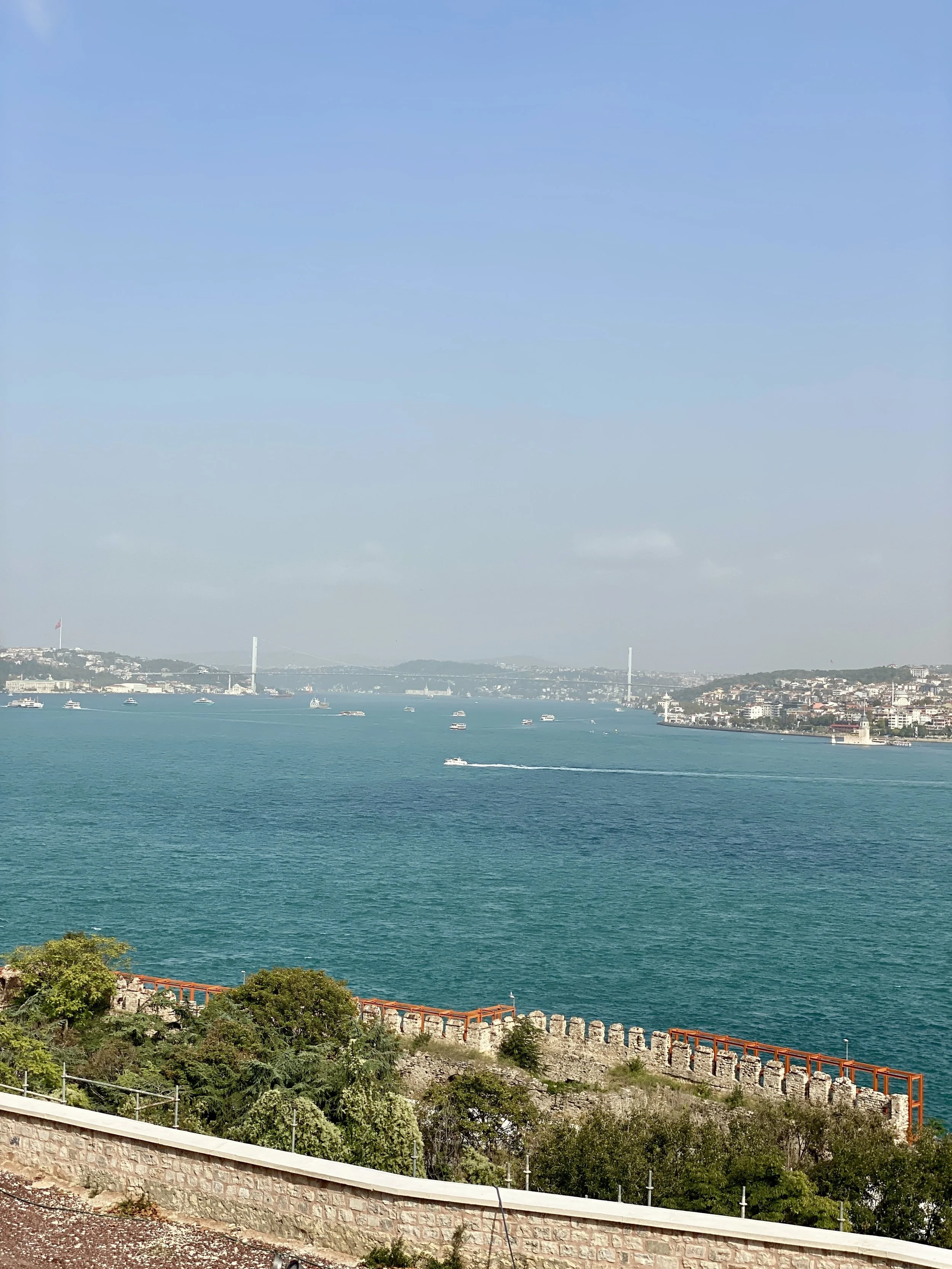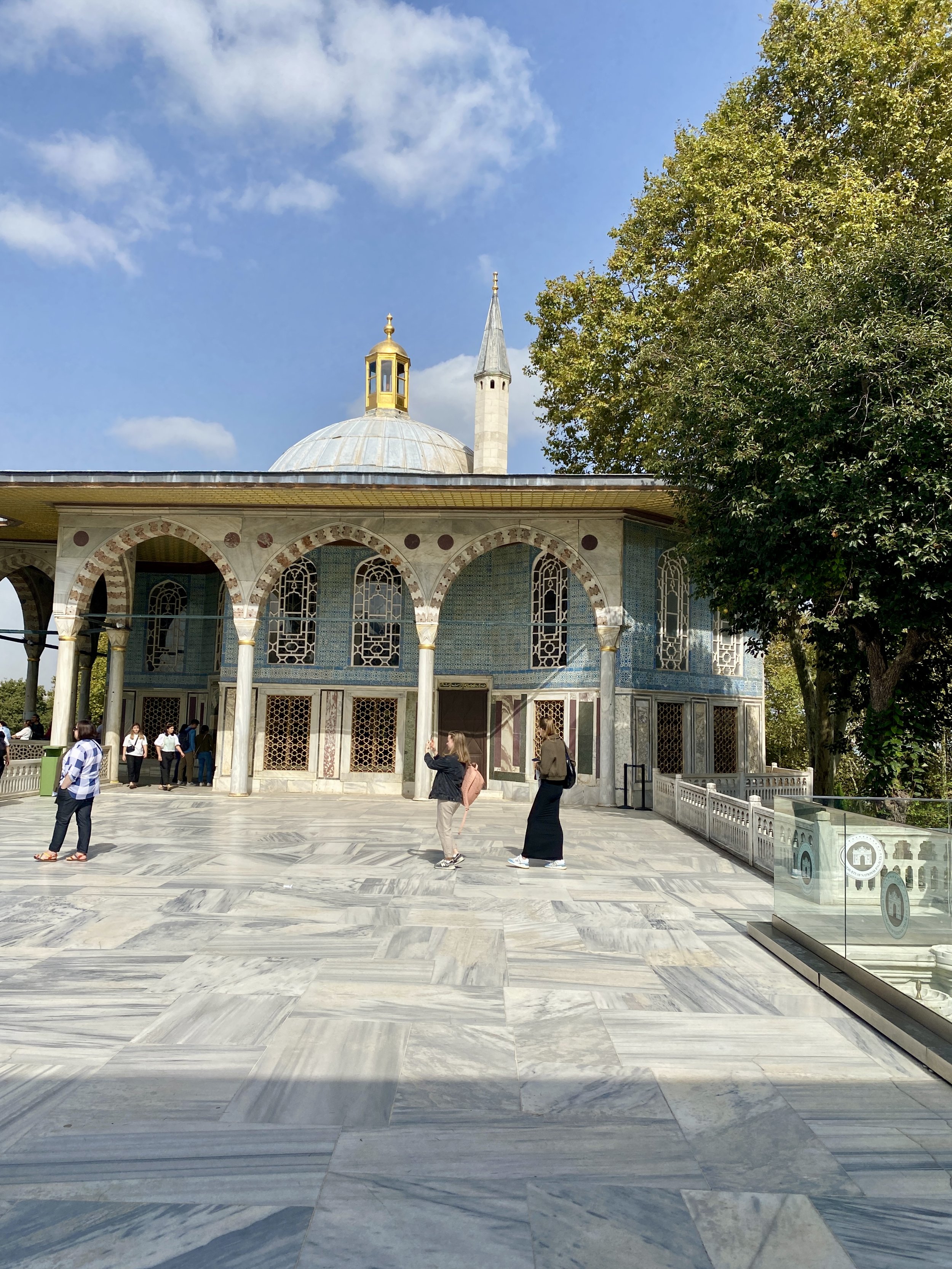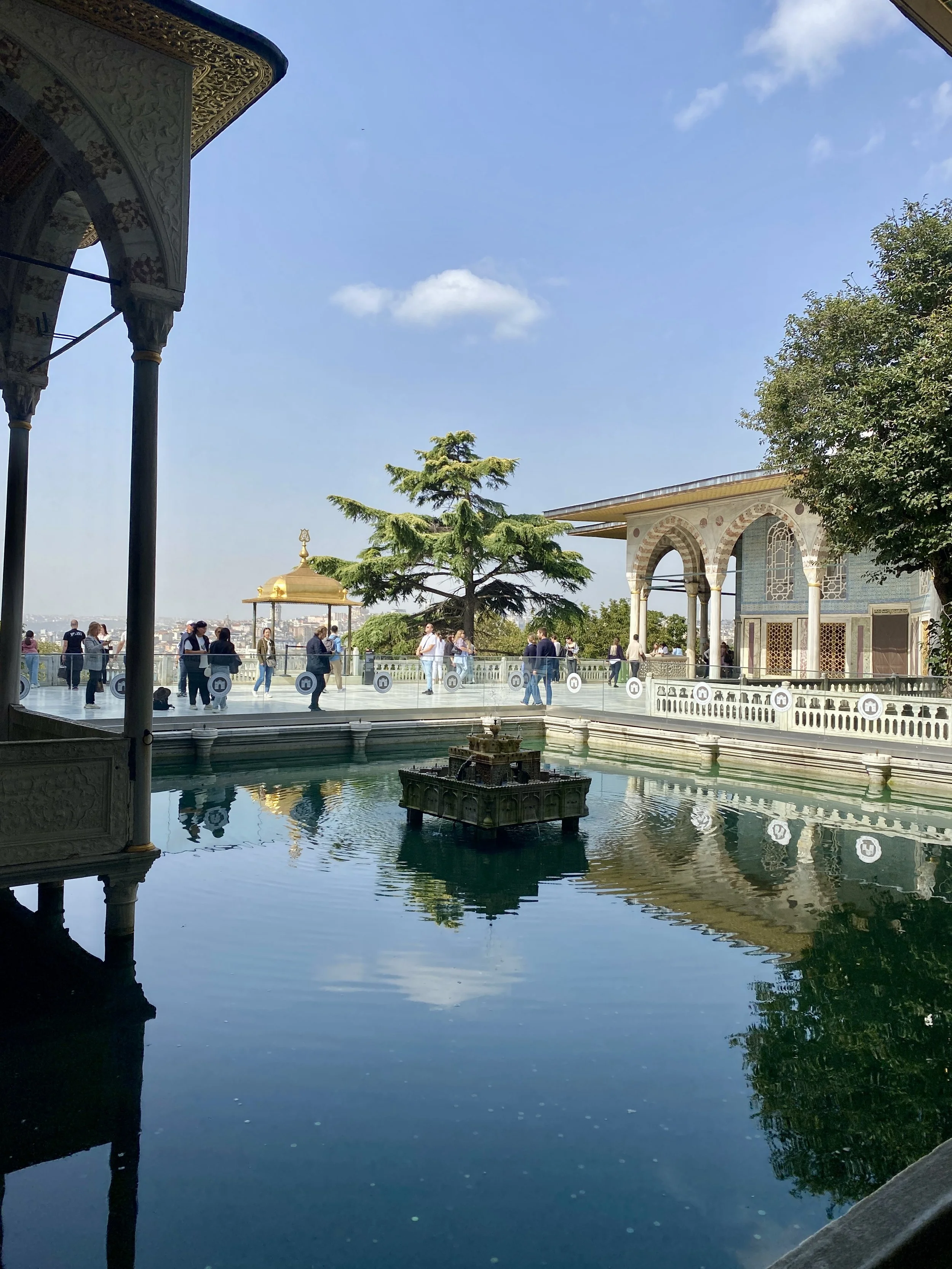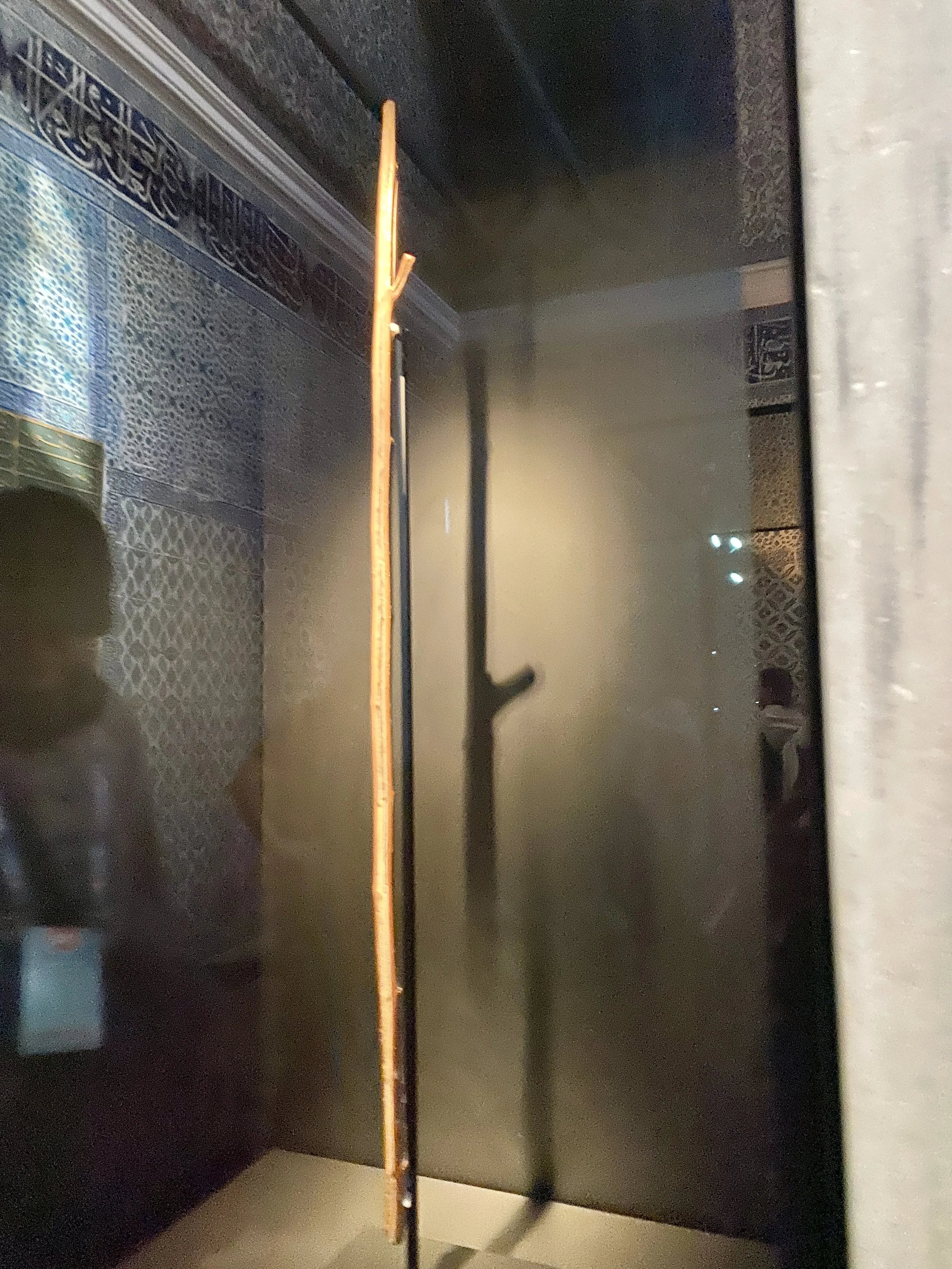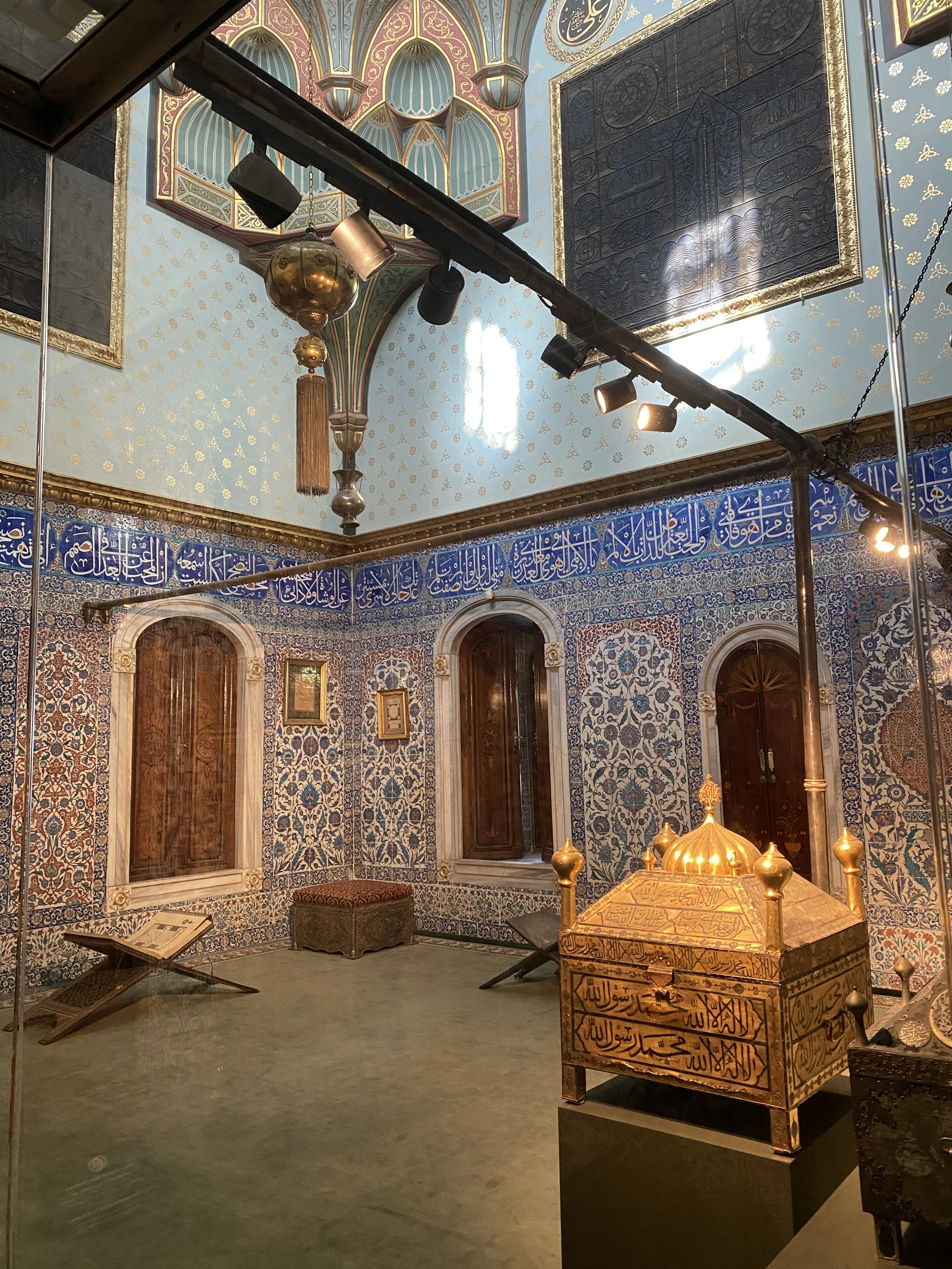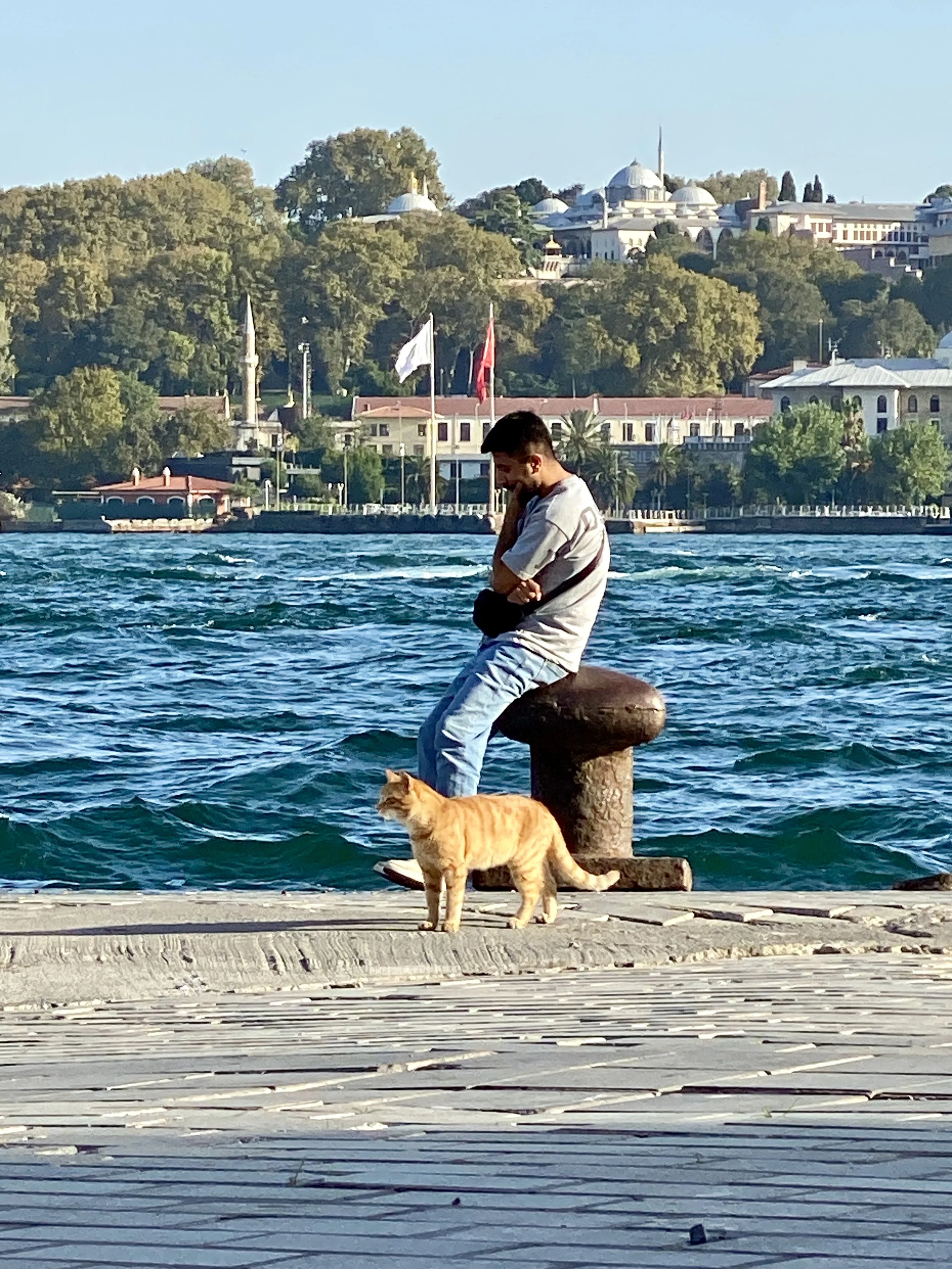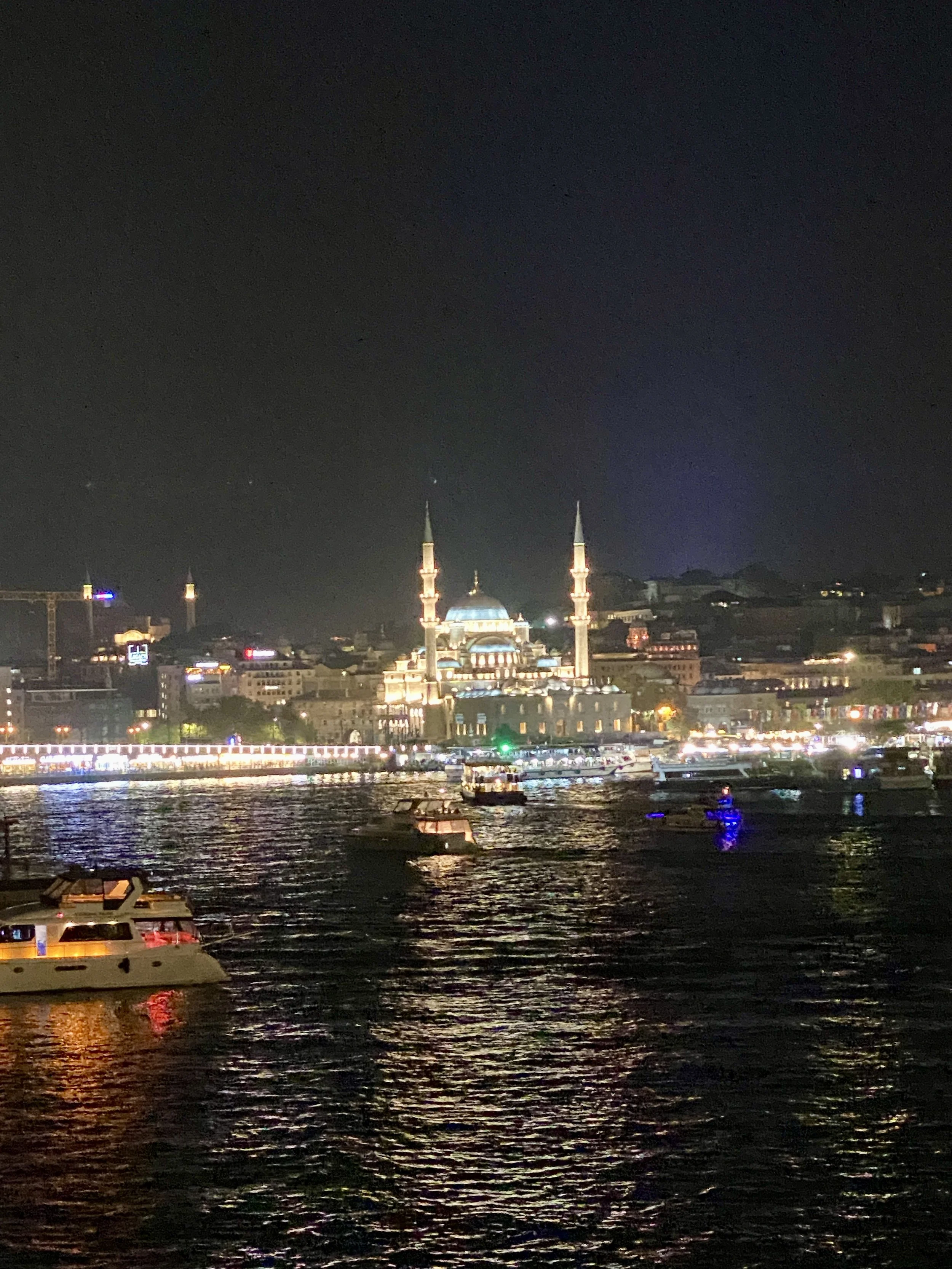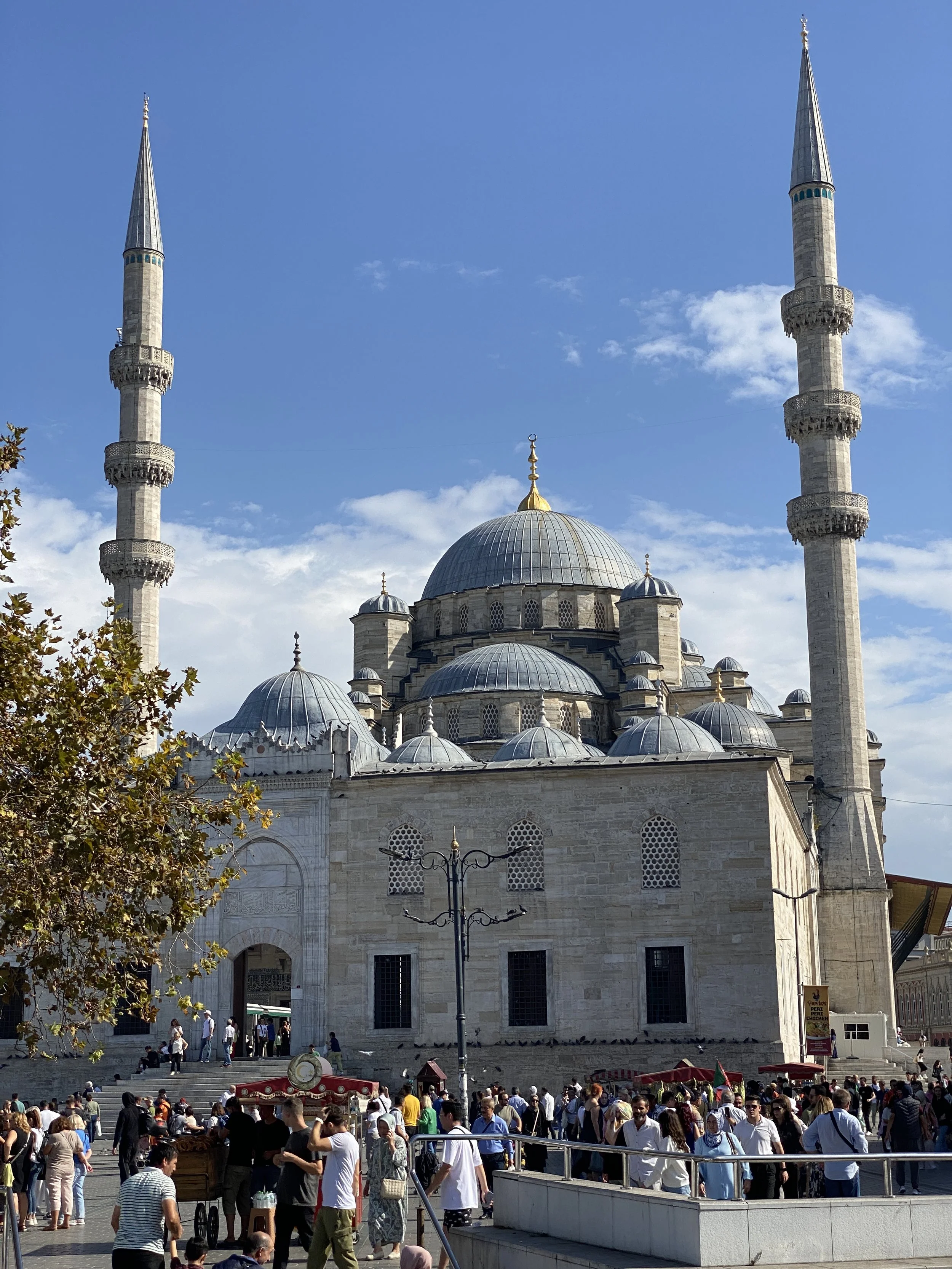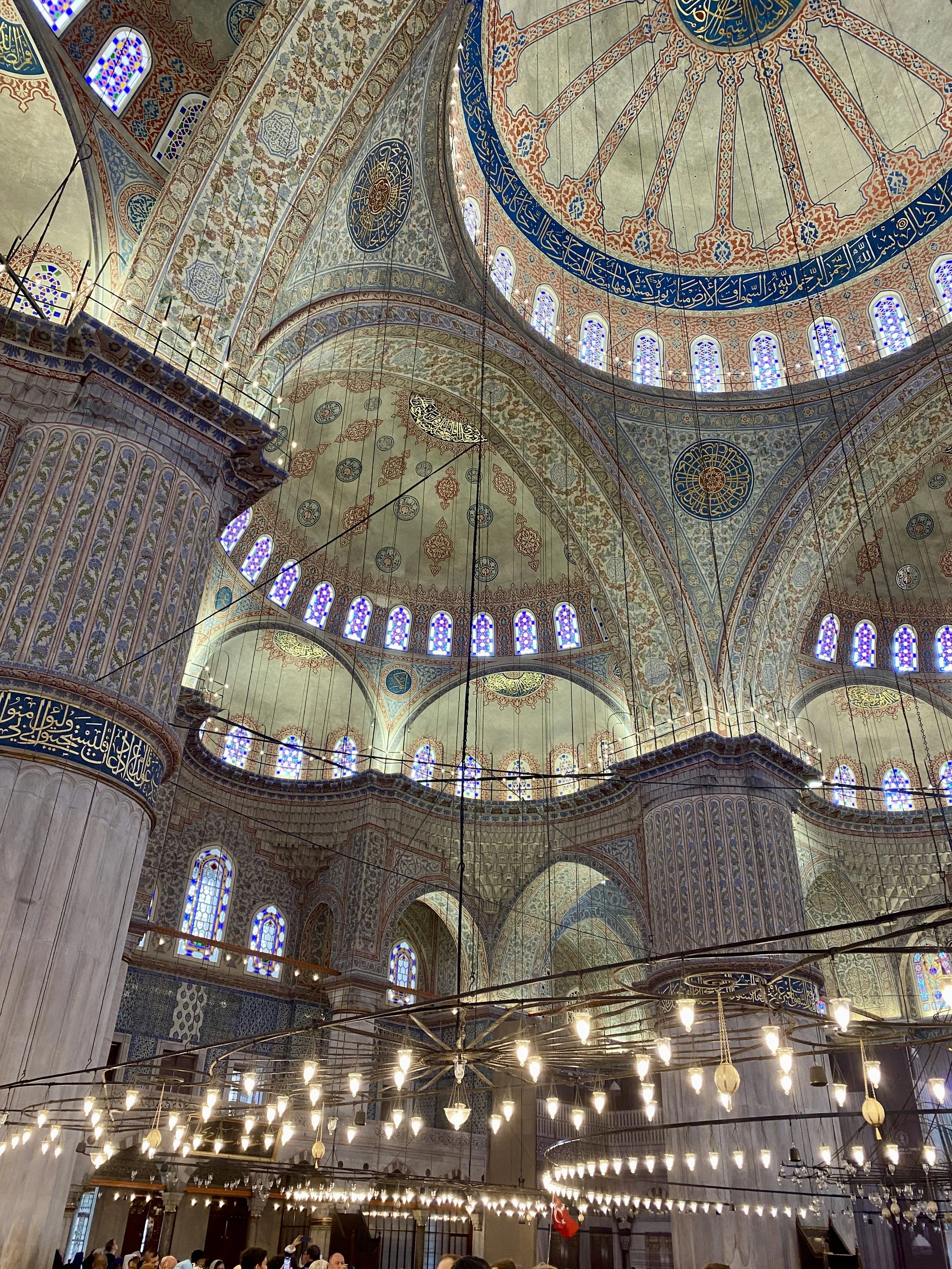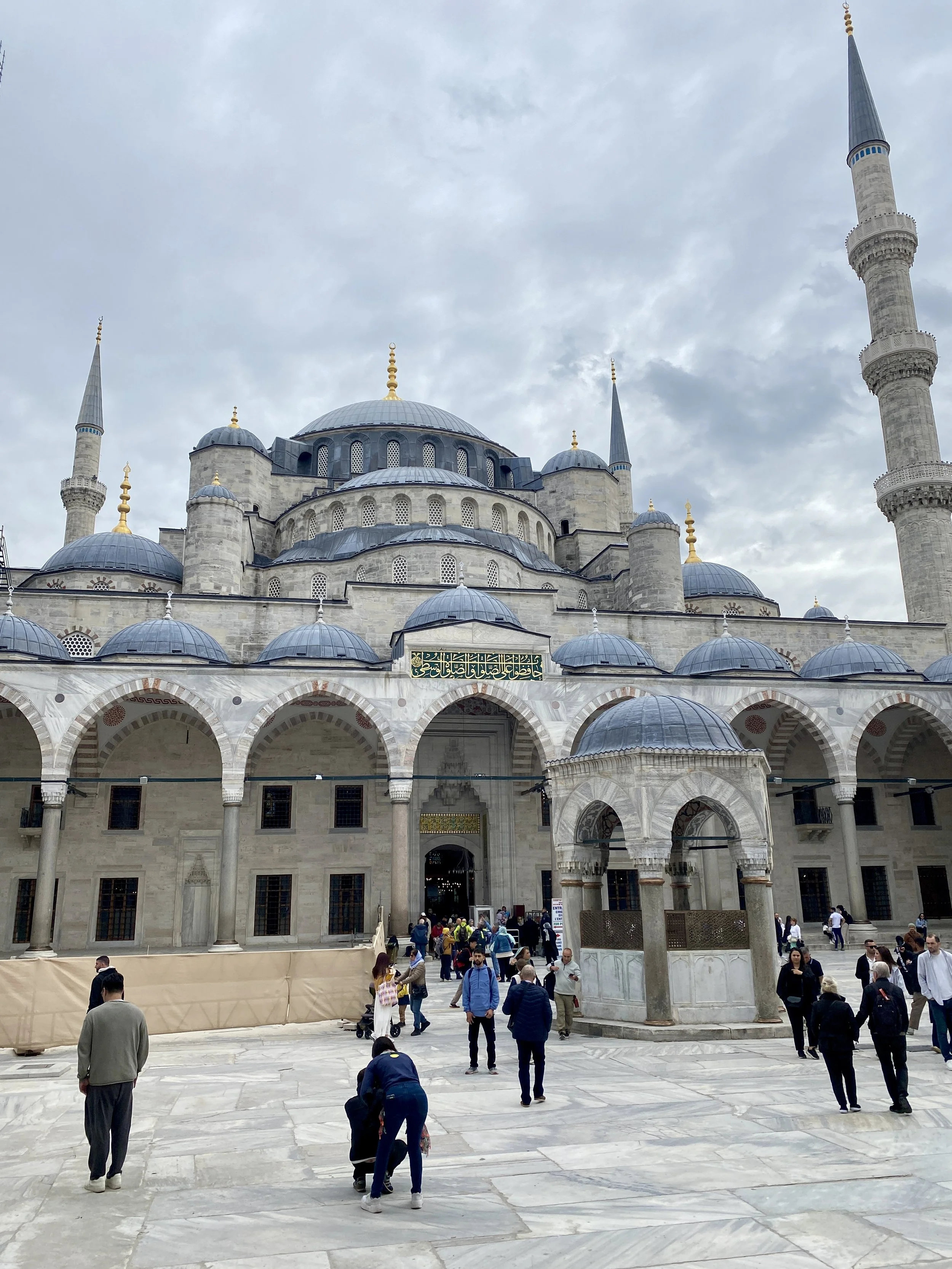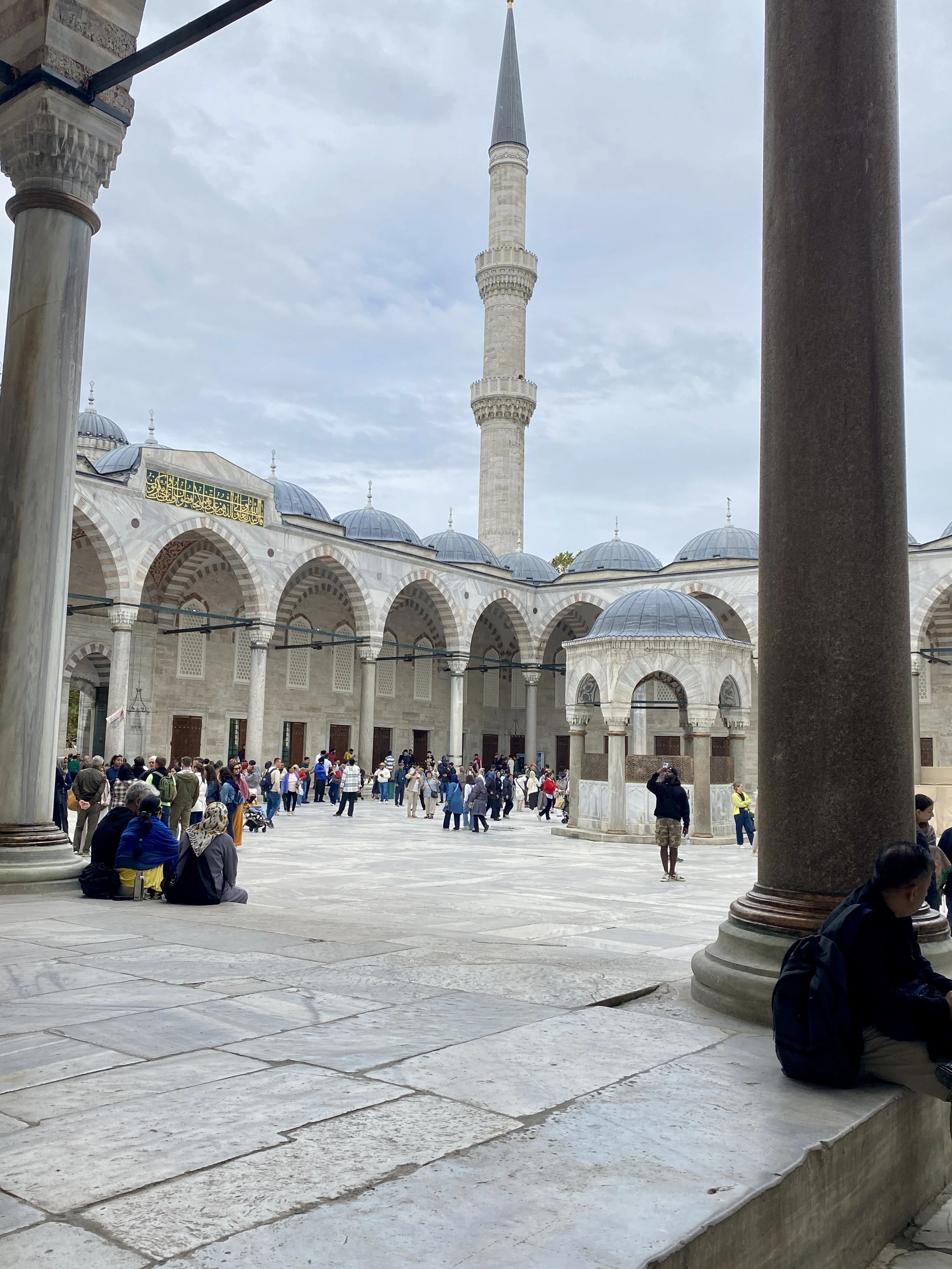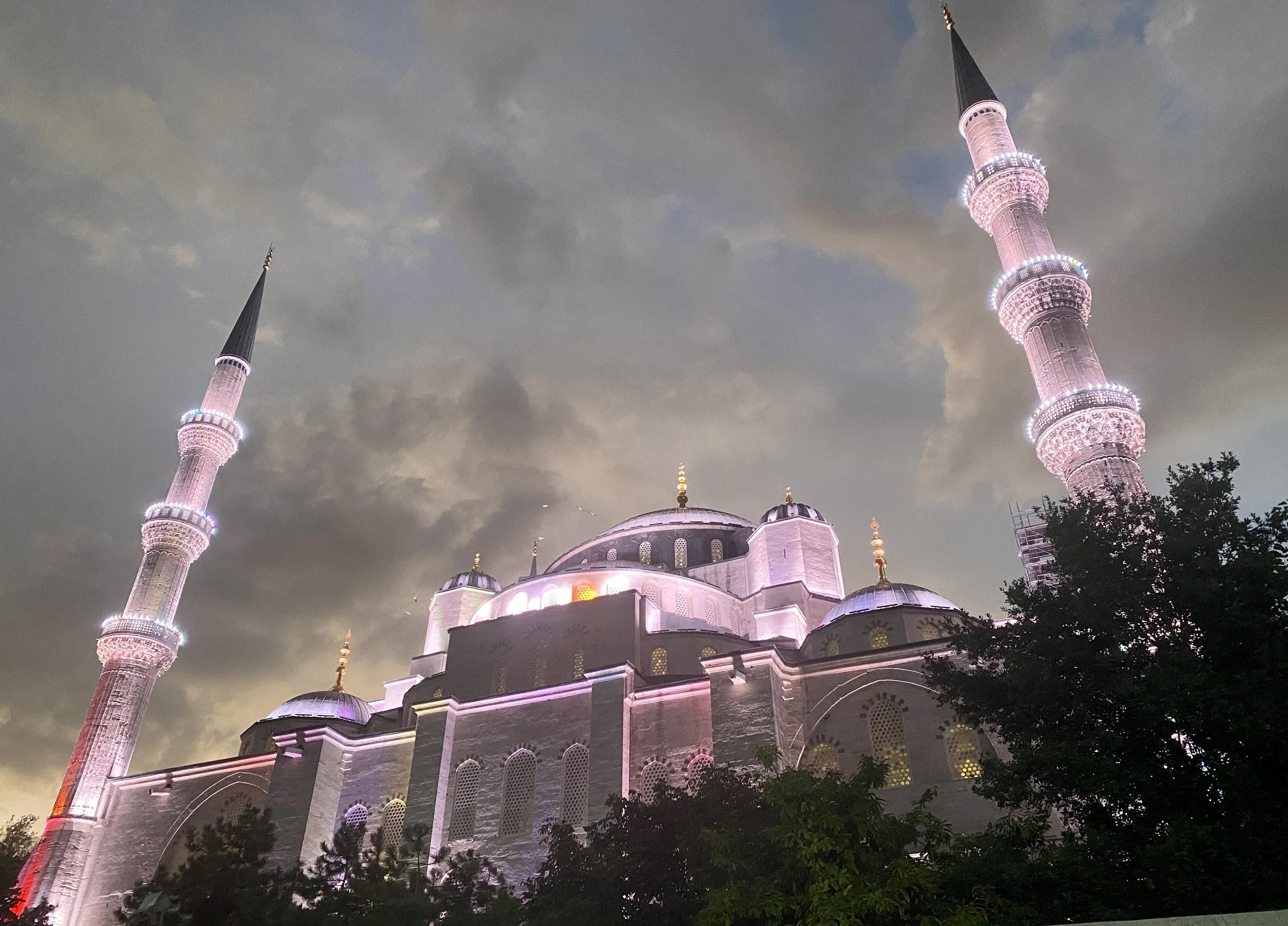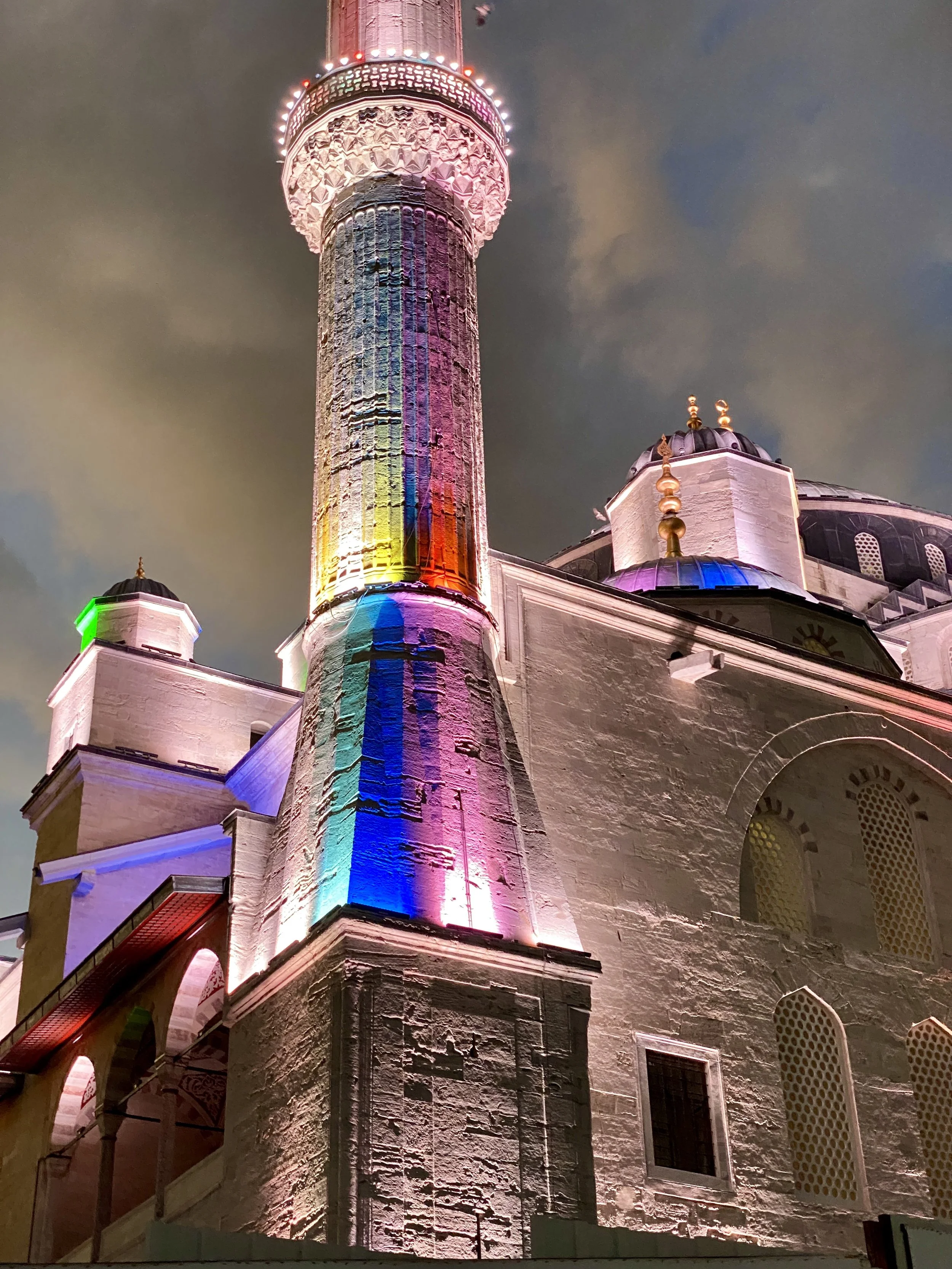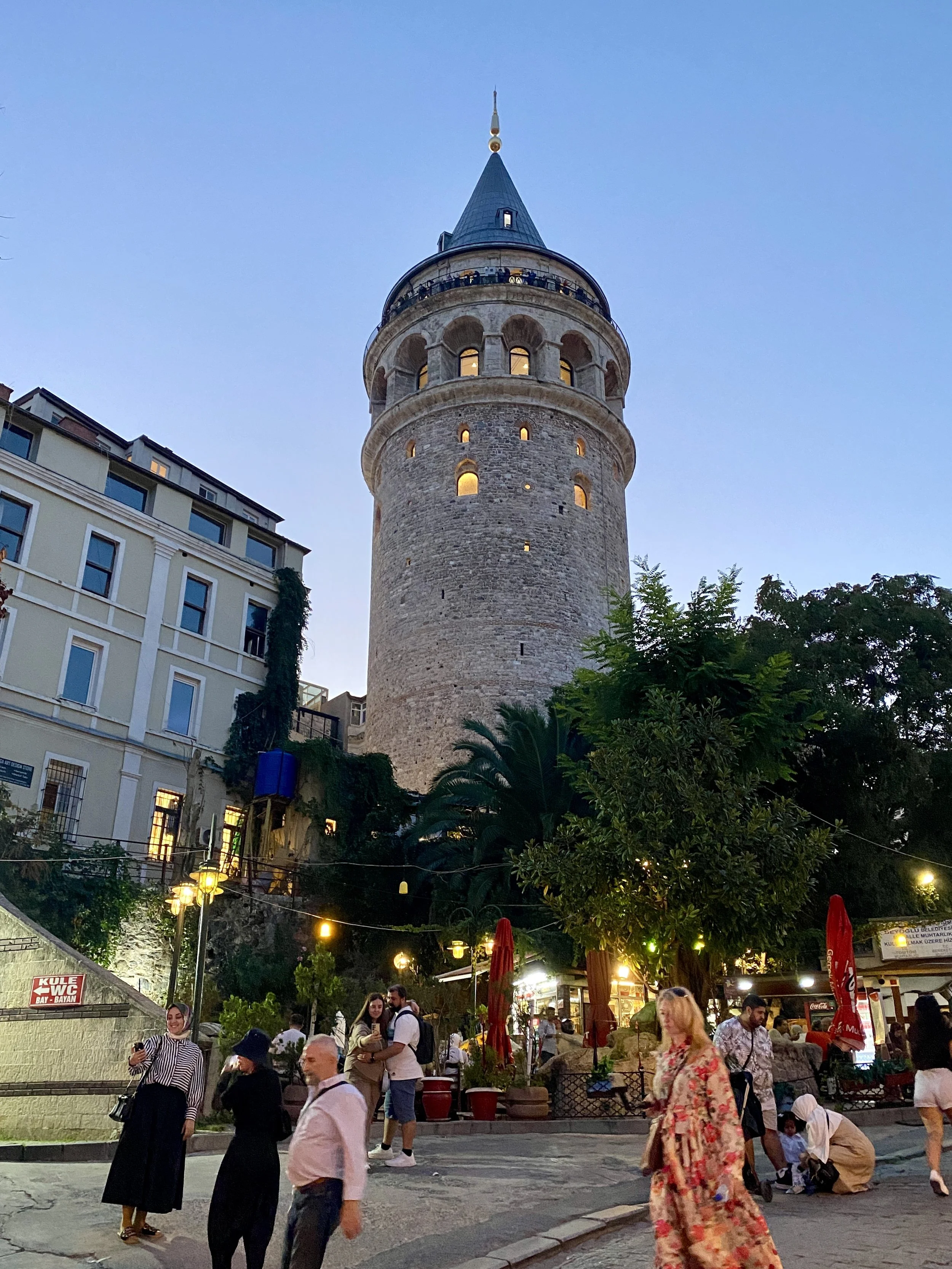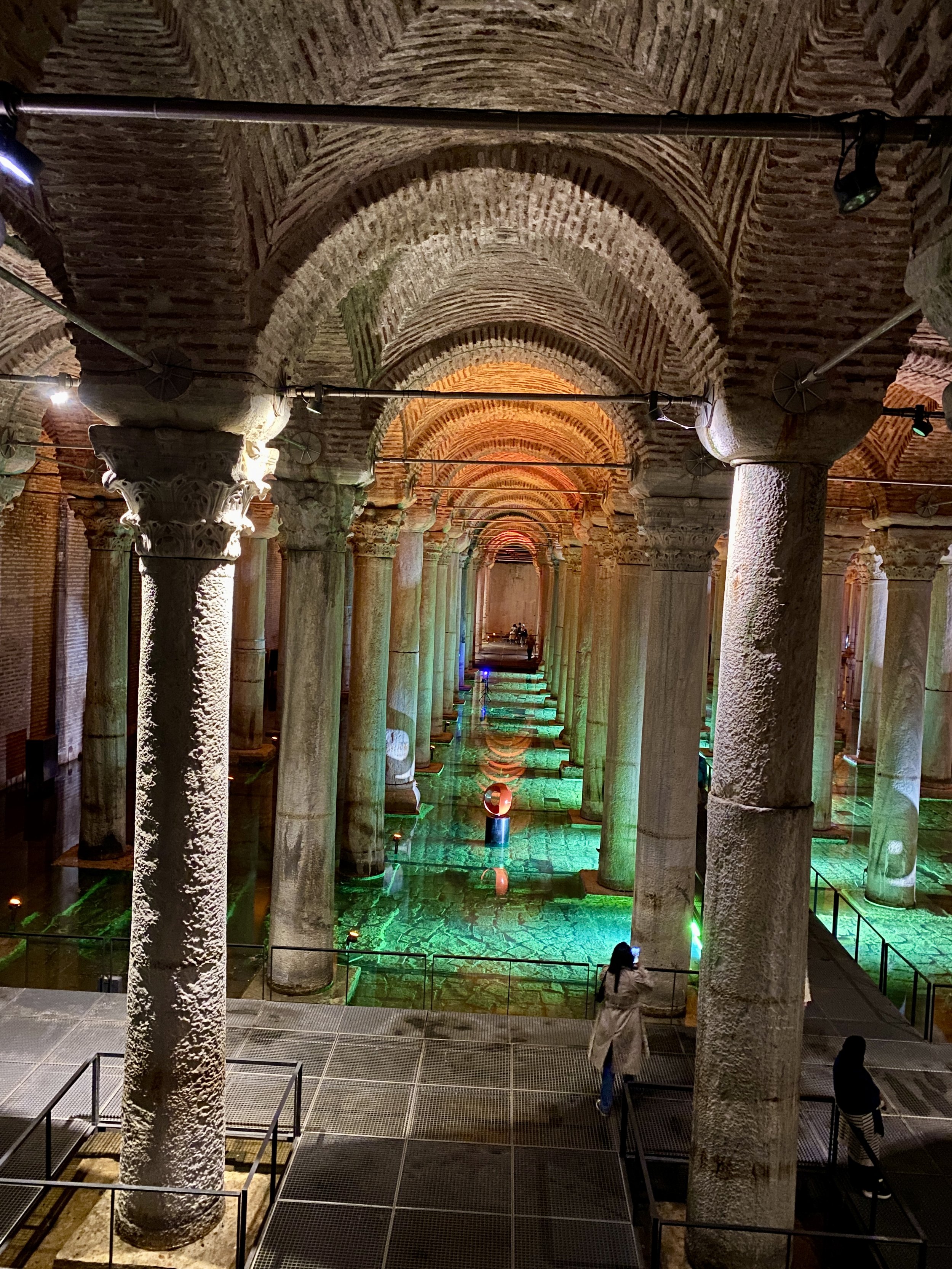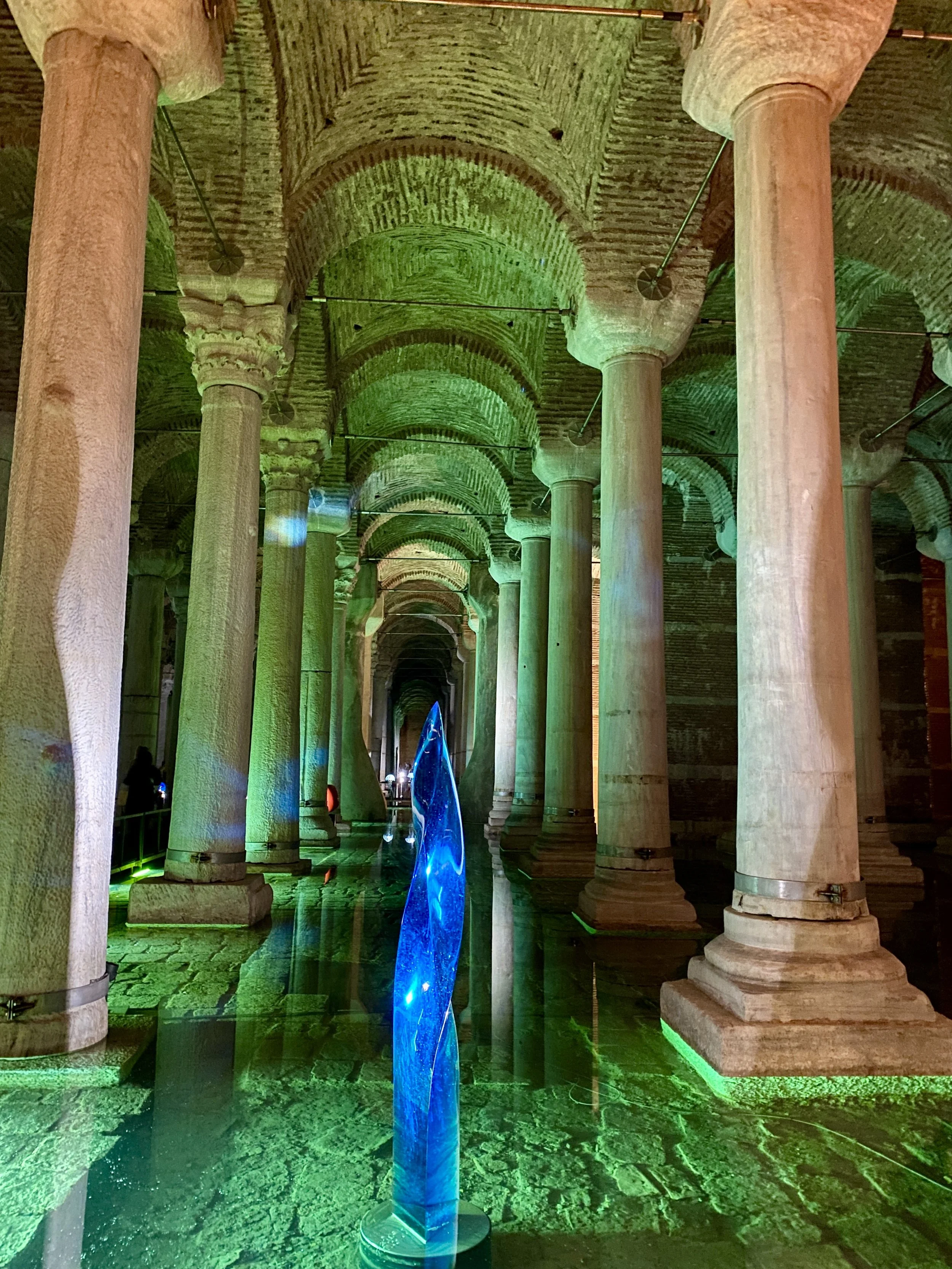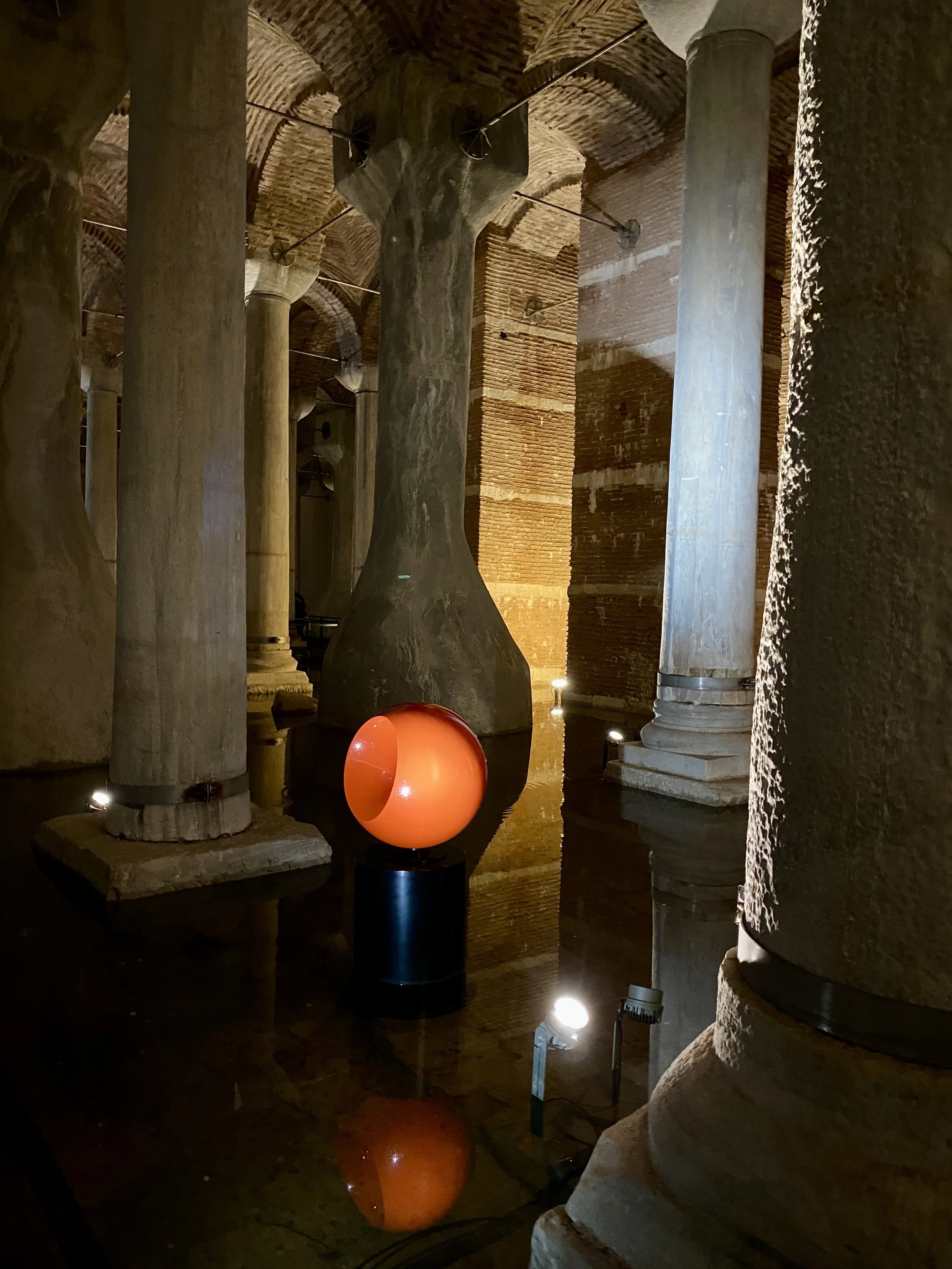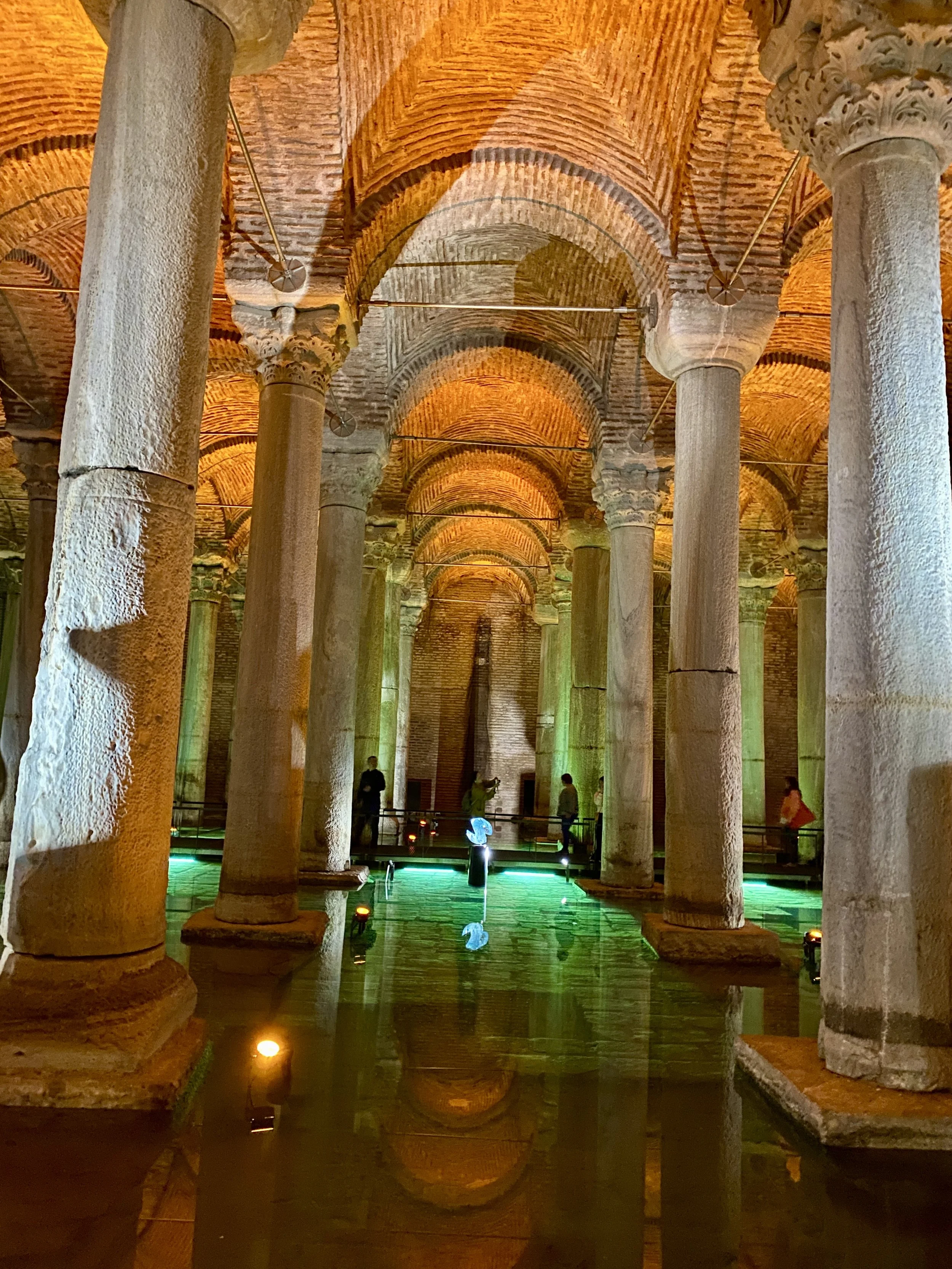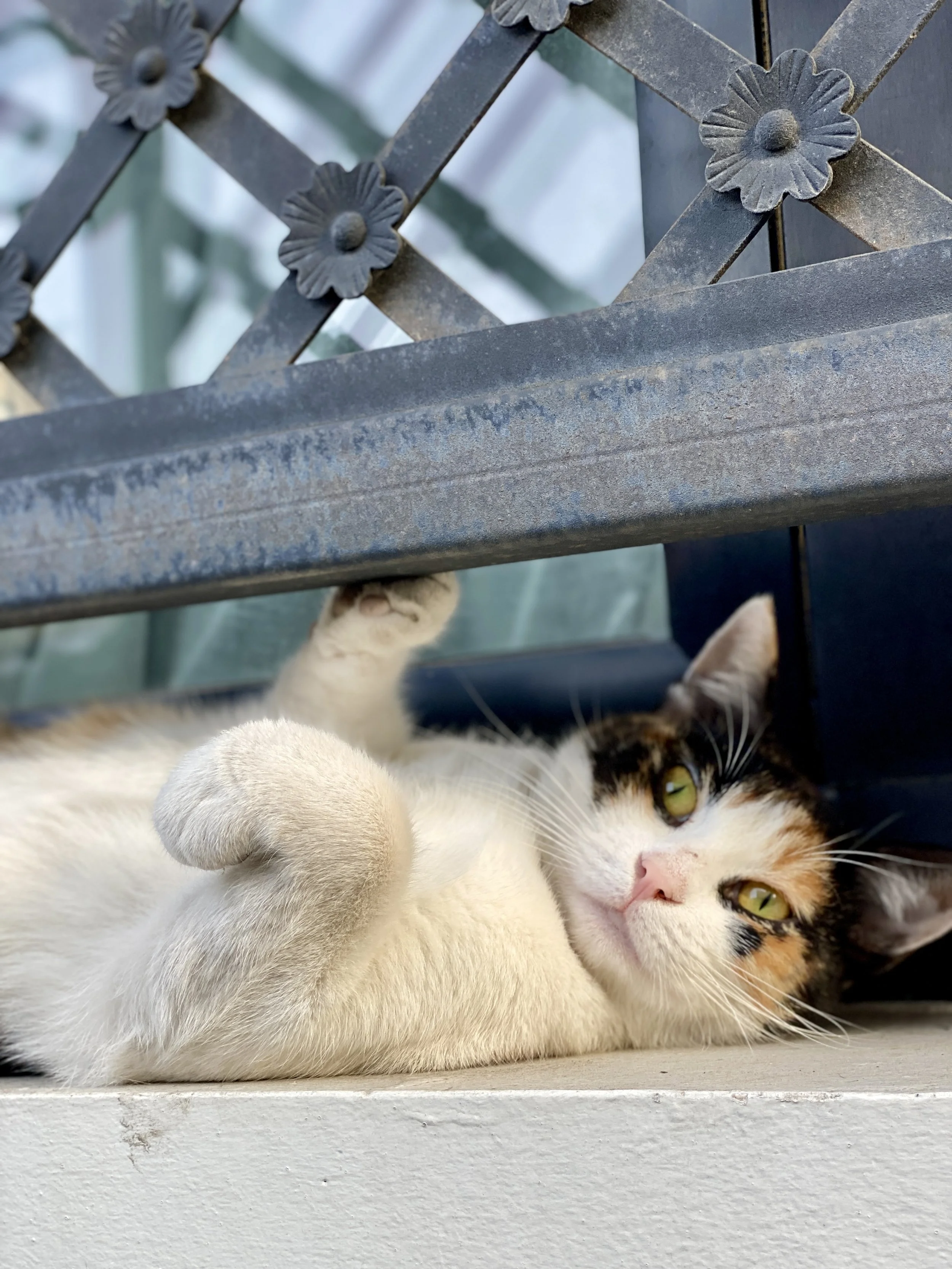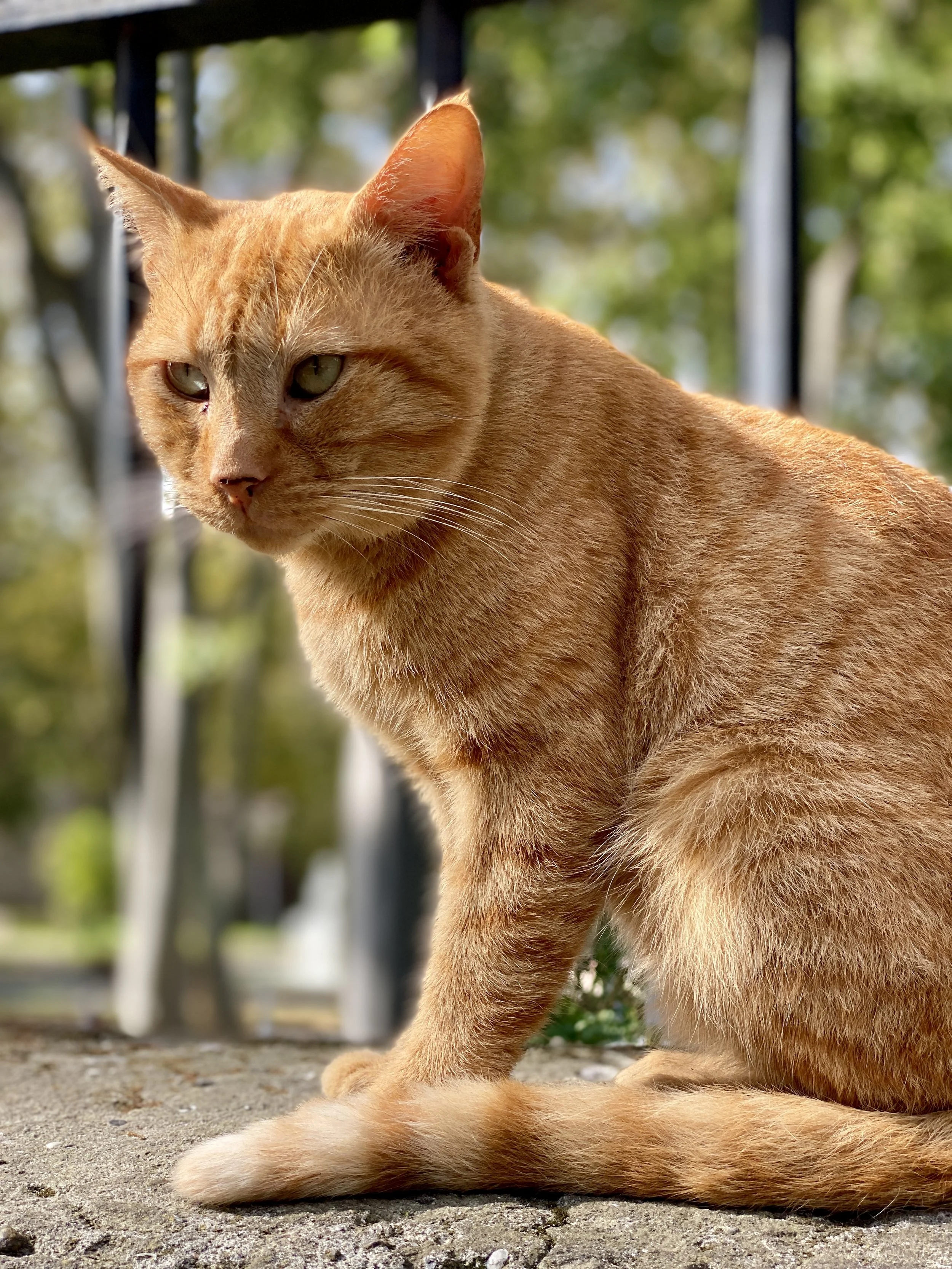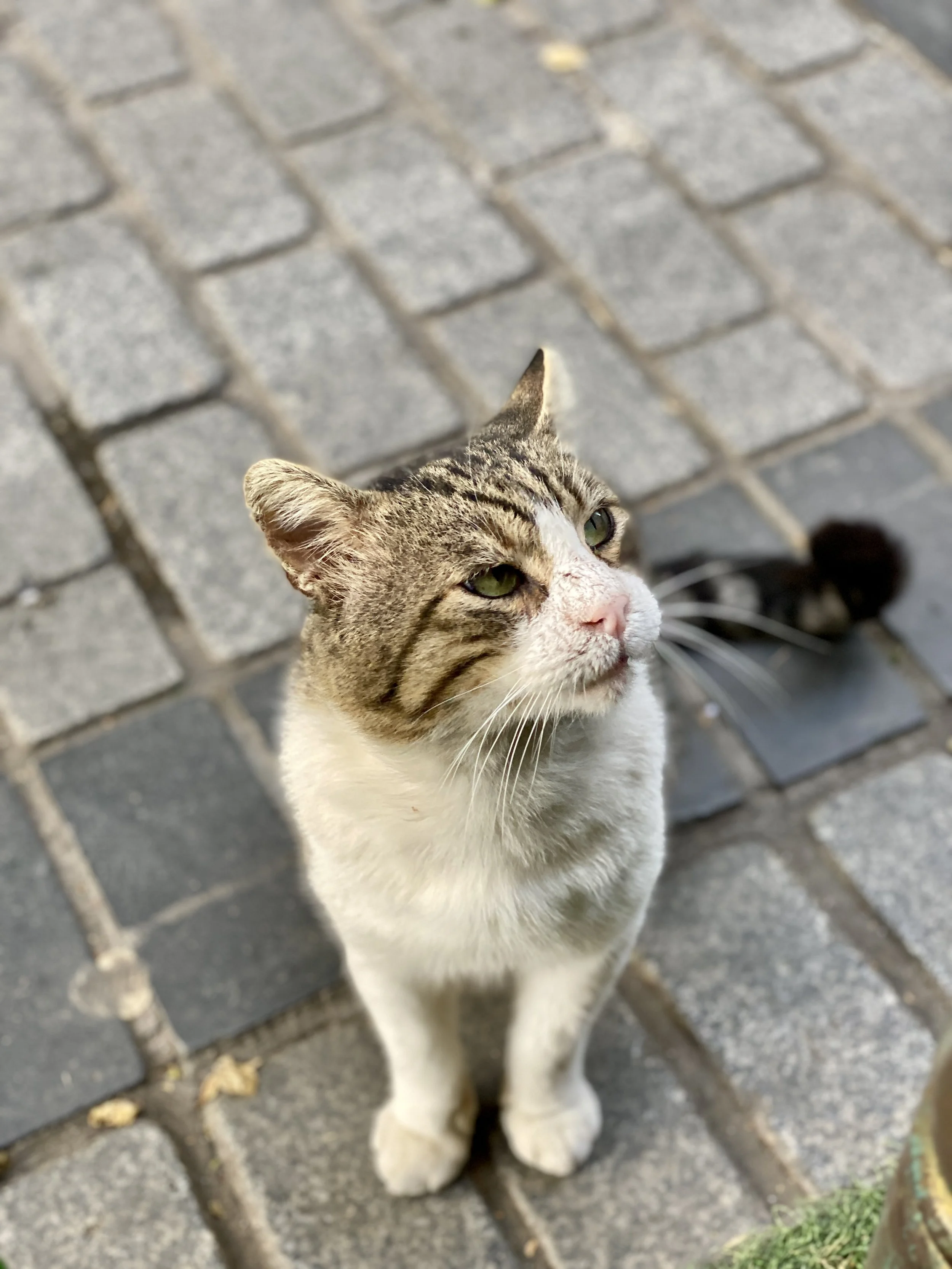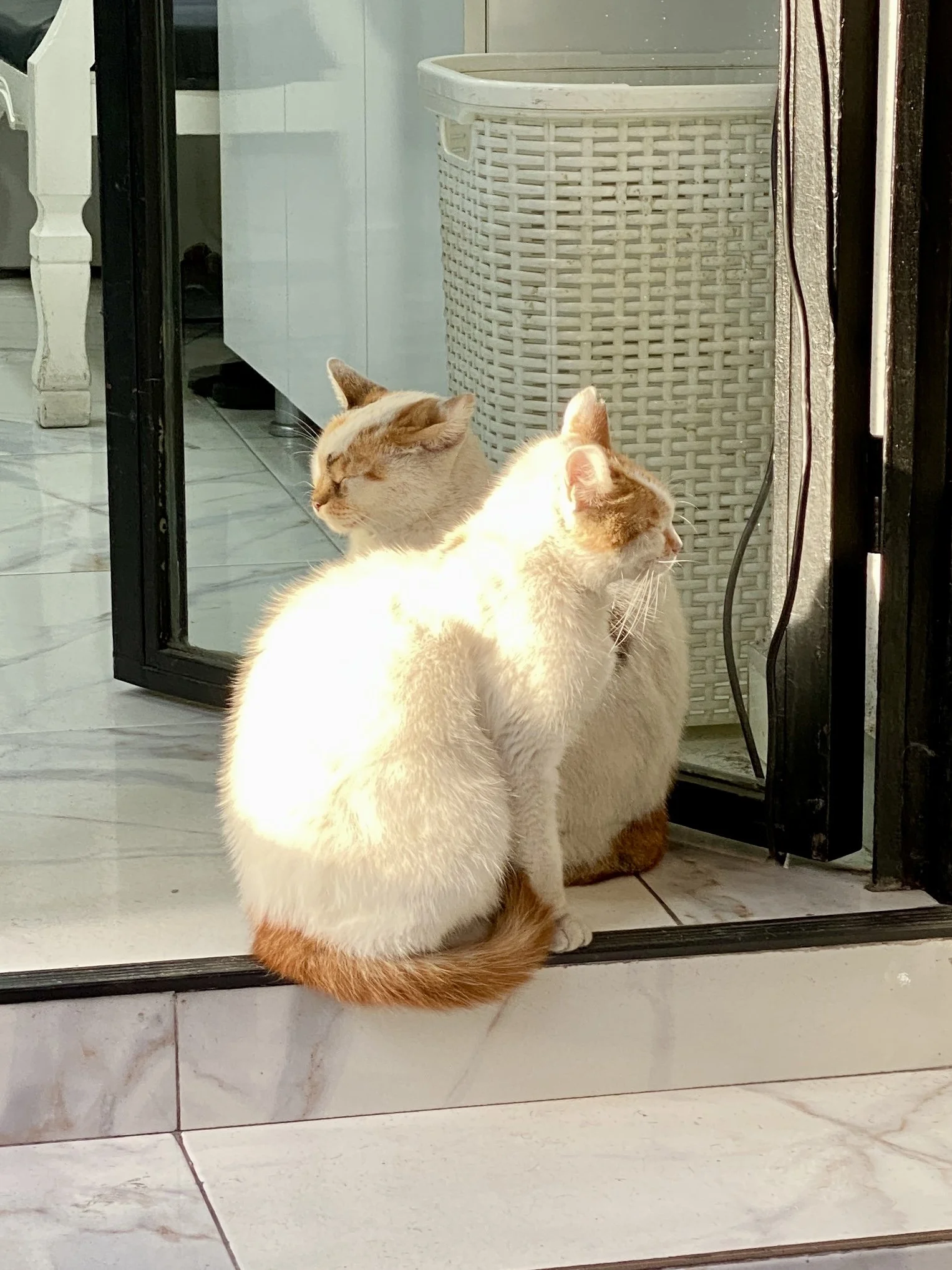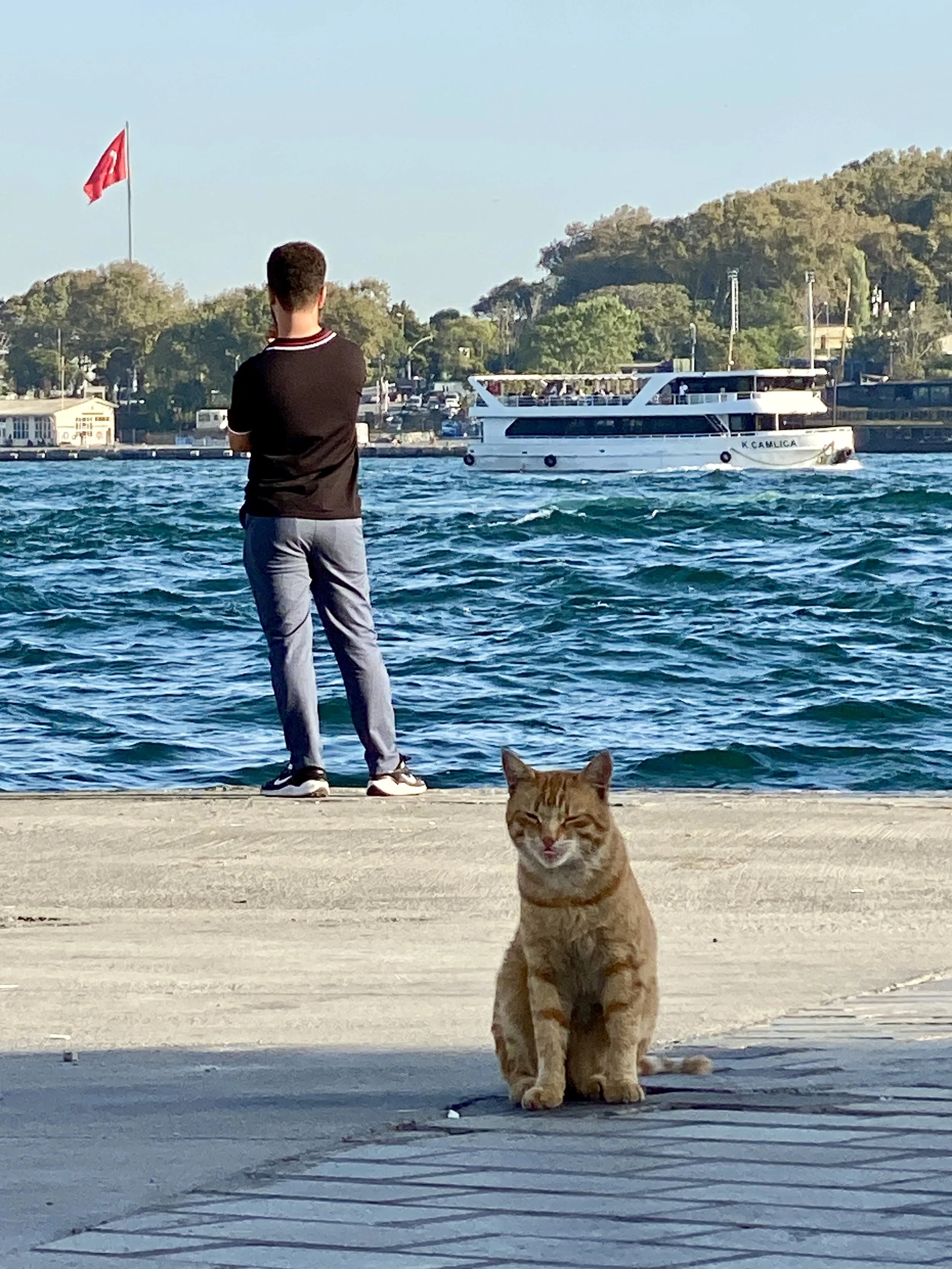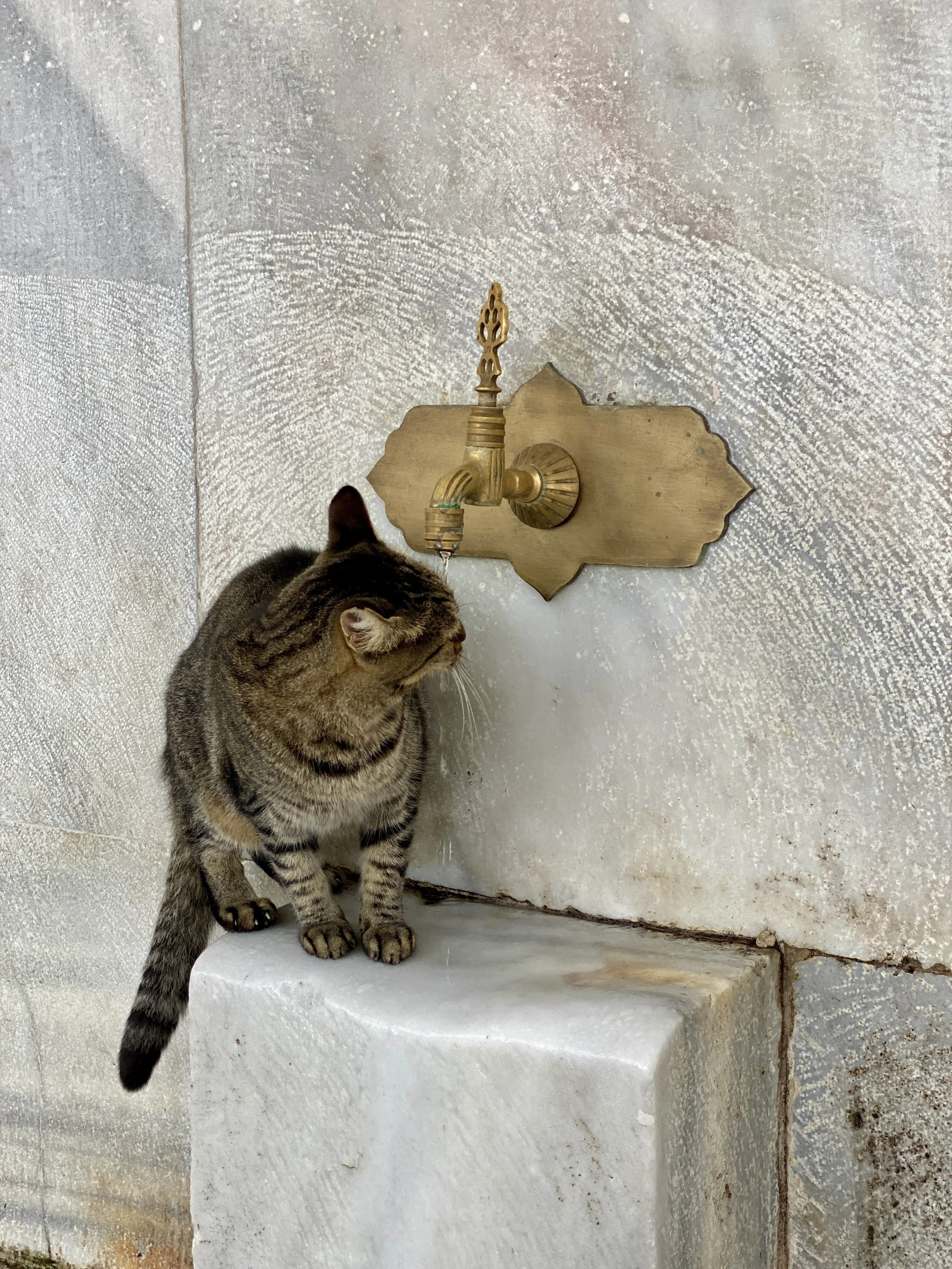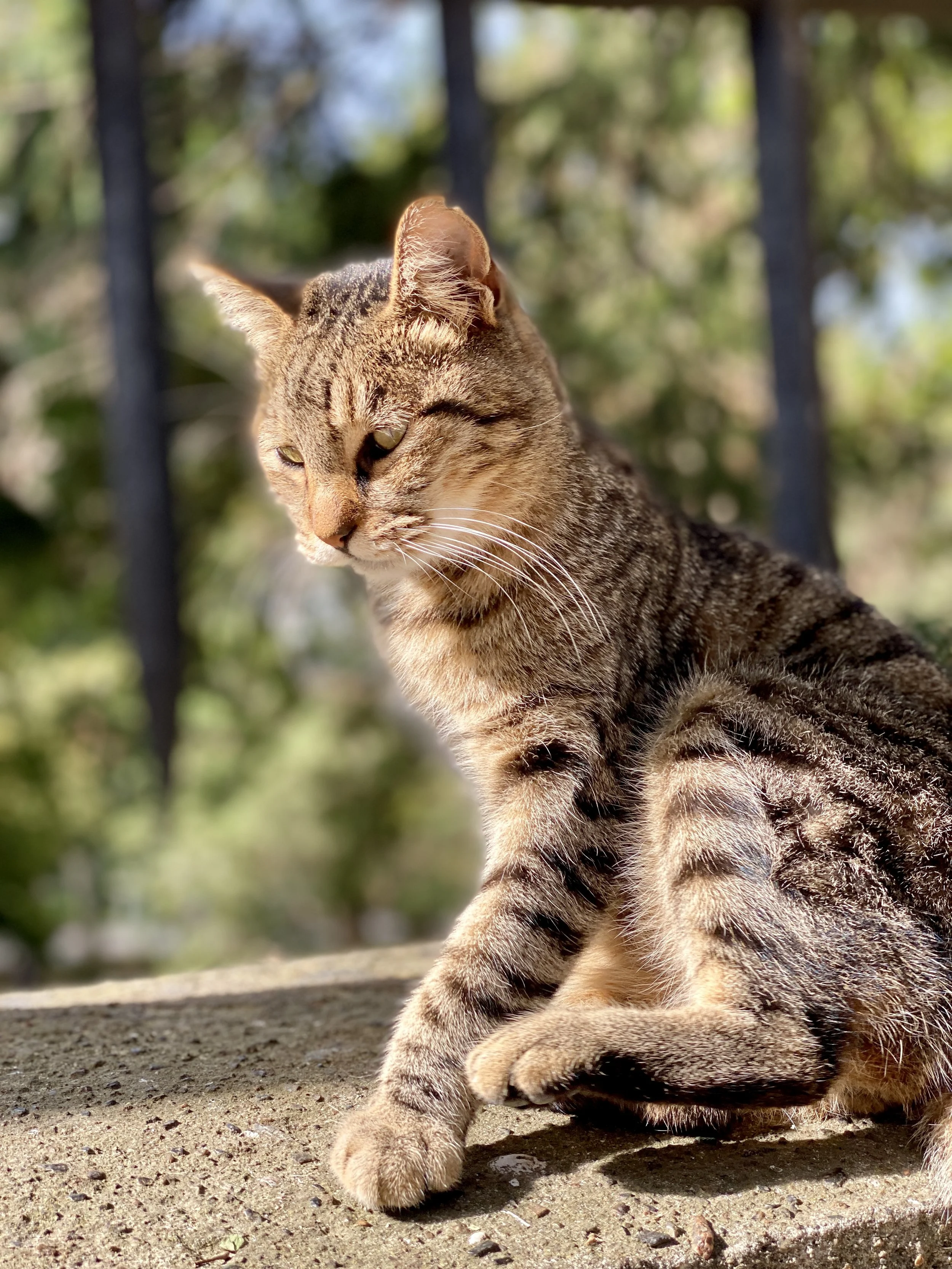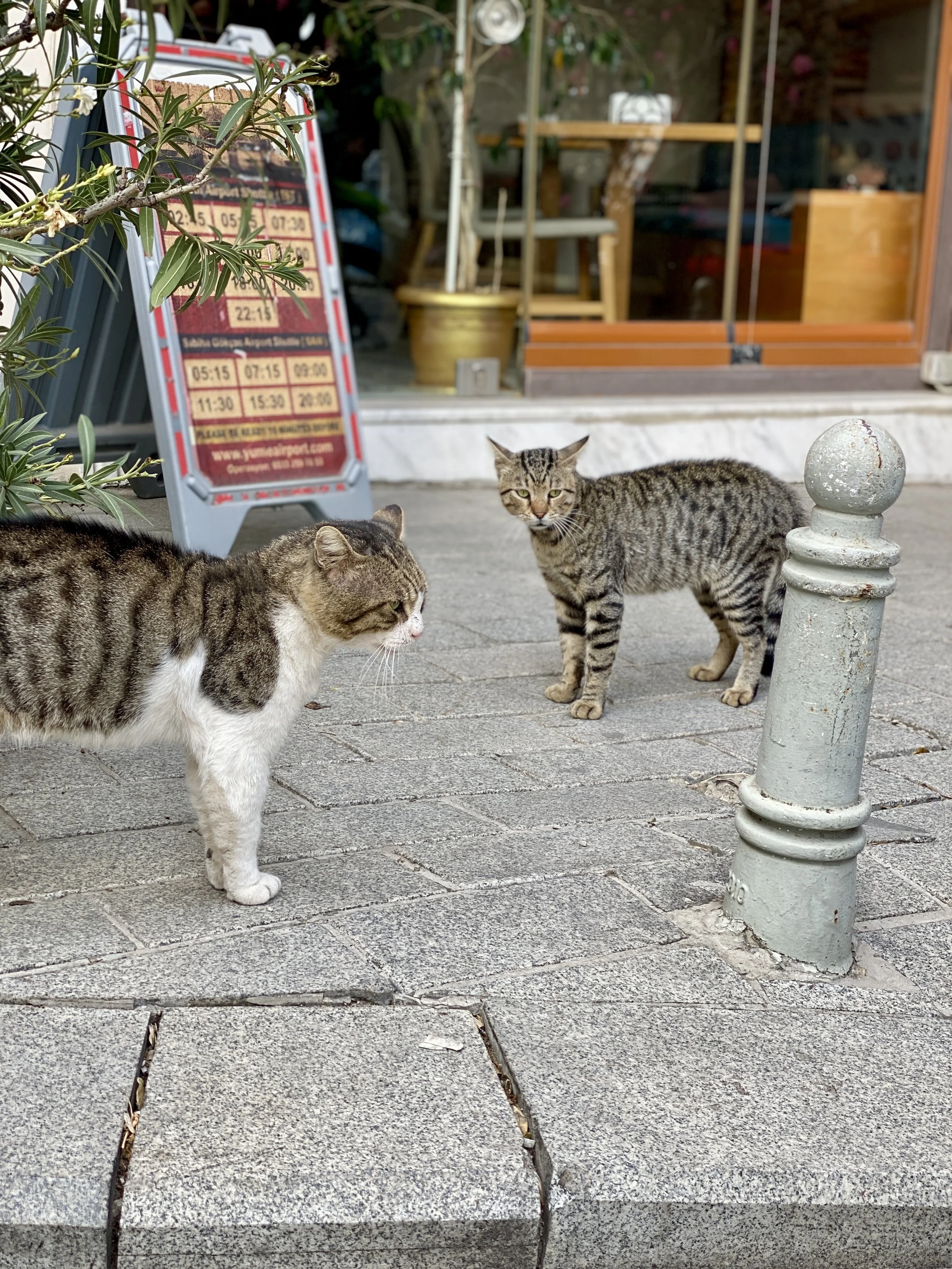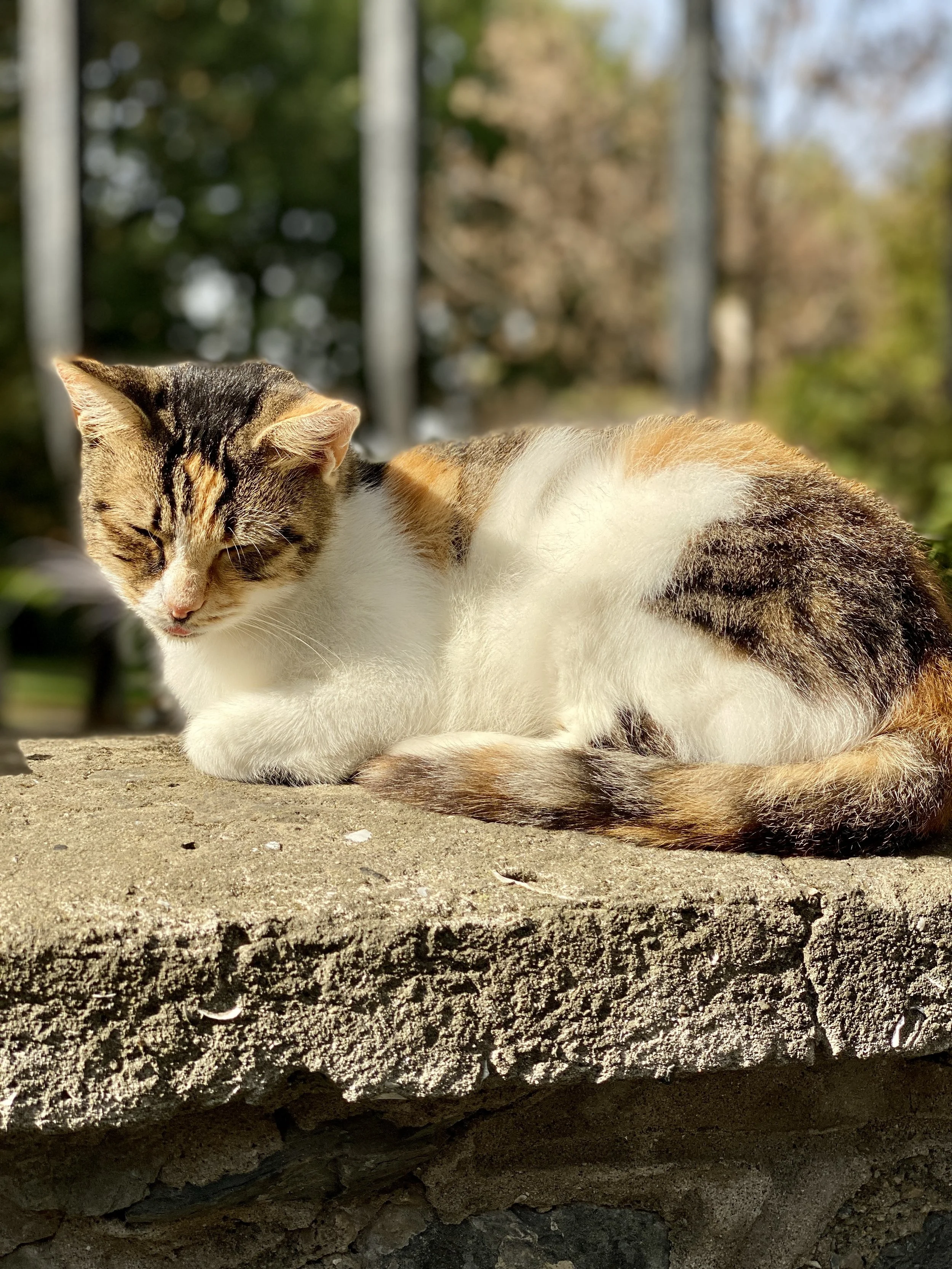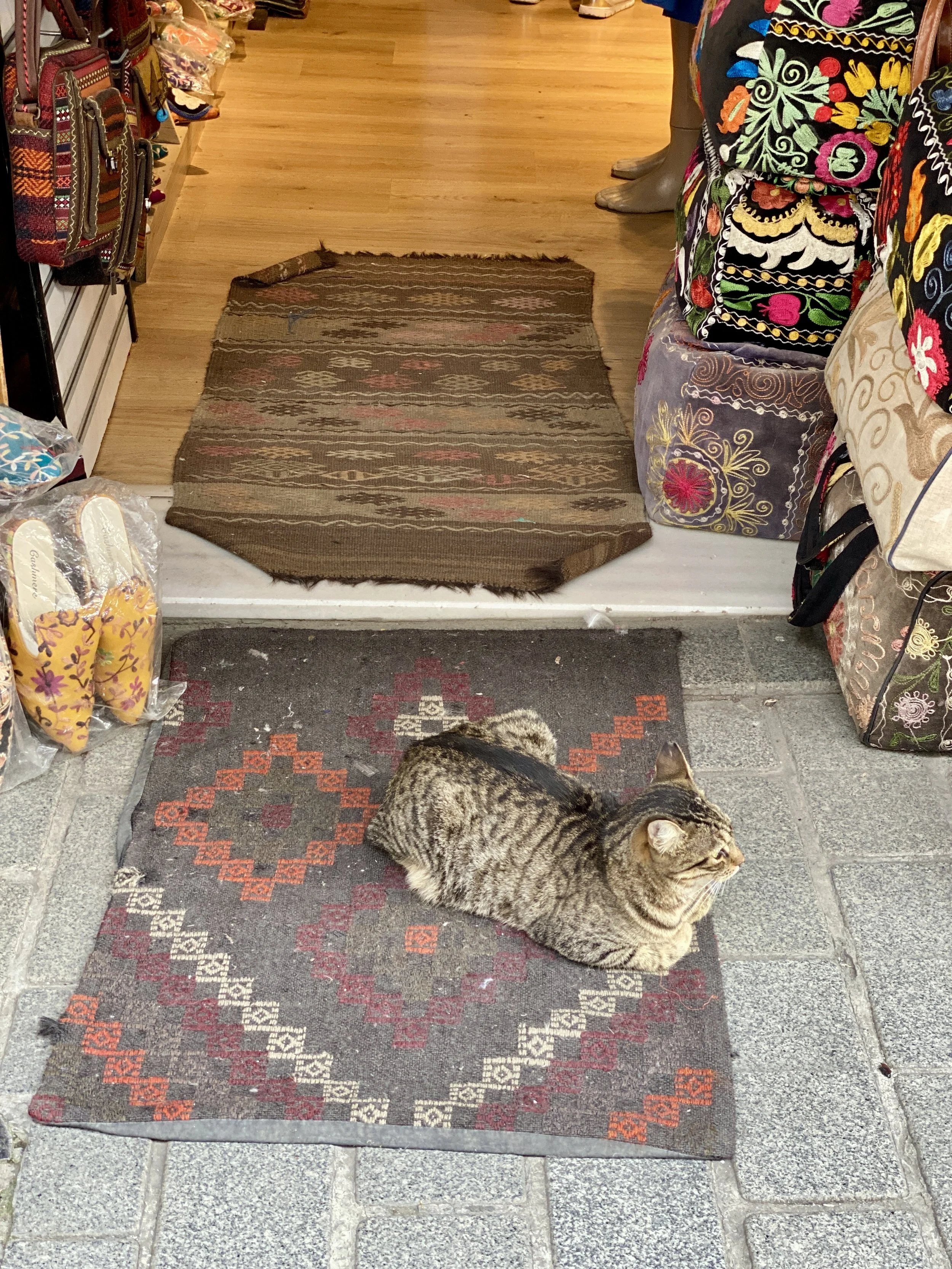Istanbul: Where History Meets Enchantment
Introduction
The Capital of Three Empires: Istanbul was the capital of three empires: the Roman Empire (formerly Byzantium), the Byzantine Empire (formerly Constantinople), and the Ottoman Empire. Although historically significant, it is no longer the capital of Turkey (it is Ankara).
Straddling Two Continents: Istanbul is one of the few cities in the world located on two continents – Europe and Asia. The Bosphorus Strait divides the city between these two regions.
Cultural Melting Pot: Due to its strategic location and rich history, Istanbul has long been a crossroads of various cultures, religions, and ethnicities. Its population reflects this, with a mix of Turks, Greeks, Armenians, Jews, and more.
Did you know?
Tulips originated from Here: Although they’re commonly considered native to the Netherlands, tulips originated in the Ottoman Empire and were a powerful emblem of power and wealth in 16th-century Istanbul.
Name Evolution: Istanbul was historically known as Byzantium and Constantinople before officially becoming Istanbul in 1930.
Topkapi Palace
Topkapi Palace is one of Istanbul’s most famous historical monuments. It offers a glimpse into the lavish lives of Ottoman sultans and the empire itself.
History and Construction
Sultan Mehmed II built Topkapi Palace, or Topkap Saray in Turkish, in 1459, just a few years after he conquered Constantinople in 1453. The palace served as the Ottoman sultans' official residence and bureaucratic headquarters for nearly 400 years, from the 15th to the mid-19th century. At its peak, it numbered up to 4,000 individuals, including royal family members, public officials, soldiers, and maids.
Successive sultans continually rebuilt and expanded the palace complex, symbolizing Ottoman architecture at its best, incorporating Islamic, Byzantine, and traditional Turkish features.
Layout and Architecture
Topkapi Palace is not a single structure but a system of courtyards, gardens, and buildings that span some 700,000 square meters. It has multiple principal sections:
First Courtyard (Outer Courtyard): Opened to the public in the Ottoman period, it contained many of the palace’s service areas, such as the palace bakery, mint, and hospital.
Second Courtyard: Exclusively used by court officers and elites, it was the epicenter of the empire’s bureaucracy. This was the seat of the Imperial Council (Divan), which adjudicated government matters and promulgated laws. This courtyard is also the location of the Palace Kitchens, which produced banquets for thousands.
Third Courtyard: This area is reserved only for the Sultan and his close associates. It includes the Sultan’s private chambers, the Imperial Treasury, and the Harem.
The Harem: Perhaps the most intriguing section is that the Harem was the private abode of the Sultan, his family, and his concubines. It was a very, very top-down, tightly structured culture. The Queen Mother (Valide Sultan) held great power here. The palace's tile and design are exquisite.
Fourth Courtyard: This was Sultan Sultan’s most intimate palace area, where he could relax. It features landscaped gardens, pavilions, and terraces with breathtaking views of the Bosphorus and Golden Horn. The Iftar Pavilion, where Sultan Sultan used to break his fast during Ramadan, is also located here.
Treasures of Topkapi Palace
The palace contains the most precious artifacts and objects of the Ottoman Empire, many of which are on permanent display in the museum:
The Imperial Treasury contains a magnificent collection of jewels, such as the Spoonmaker’s Diamond, the largest diamond in the world at 86 carats, and the Topkapi Dagger, with its massive emeralds and intricate designs.
Holy Islamic Relics: The shrine in Topkapi is home to sacred Islamic relics, such as what is thought to be the Prophet Muhammad’s cloak and sword, a tooth, and hair from his beard. Their display is considered a sacred act.
Beautiful Chinese Porcelain: Topkapi owns one of the largest Chinese porcelain collections in the world. The Ottomans prized these ceramics for their aesthetic appeal and ability to identify poison, an essential aspect of palace curiosity.
Cultural Significance
For centuries, Topkapi Palace served as a palace of royalty and as the seat of Ottoman administrative, political, and cultural authority. It was where critical decisions were made, foreign ambassadors were welcomed, and sultans displayed their wealth and authority.
The palace's building design was both Islamic in style and Byzantine in composition because it was constructed on a hill close to Byzantium’s former acropolis. The palace’s interior reflects the hierarchical nature of Ottoman society, with access to various sections restricted according to rank.
Transformation into a Museum
The museum opened at Topkapi Palace in 1924, a few years after the Ottoman Empire collapsed and Mustafa Kemal Atatürk founded the Turkish Republic. Today, it is still one of Istanbul’s top tourist attractions, attracting people worldwide who want to relive the glories of the Ottoman era.
It is a must-see for anyone who loves history, architecture, or Islamic art. The palace's different areas offer a glimpse into various aspects of Ottoman life, from politics and warfare to private family life and religious piety.
Visiting Highlights
The Harem: This regal and historically significant section of the palace gives us an insight into the inner lives of the sultans and their families.
The Imperial Treasury: For its dazzling display of jewels, arms, and ceremonial objects.
The Sacred Relics Chamber is sacred for many Muslims, housing some of the most significant Islamic objects.
Grandiose Views: The Fourth Courtyard's rooftop terraces provide spectacular vistas of Istanbul, the Bosphorus, and the Golden Horn.
The Topkapi Palace represents the Ottoman Empire in all its glory, depth, and grandeur, making it a must-see for anyone visiting Istanbul.
Hagia Sophia
The Hagia Sophia in Istanbul is one of the world's most revered and historically significant buildings. It was built as a Byzantine cathedral by the emperor Justinian I in 537 AD and was the world’s largest church for nearly a millennium. Its gigantic dome, bolstered by avant-garde engineering, is an architectural marvel.
Following the Ottoman invasion in 1453, Sultan Mehmed II turned Hagia Sophia into a mosque. Minarets were added, and its Christian mosaics were partially restored. In 1935, it was converted into a museum displaying its Byzantine and Ottoman influences. In 2020, it was redeveloped as a mosque.
The interior of Hagia Sophia is breathtaking, with its mosaics, Islamic calligraphy, and spectacular domes. It represents Istanbul’s mix of the East and West and remains a must-see for its architectural splendor and history.
The blue mosque
The Blue Mosque, or Sultan Ahmed Mosque, is one of the most famous sights in Istanbul because of its breathtaking architecture and spiritual importance. Built between 1609 and 1616, when Sultan Ahmed I was in power, it is a temple and an archaeological monument.
The mosque's nickname, "Blue Mosque," comes from the thousands of blue Iznik tiles adorning its interior walls, which make the space calm and mysterious. Six minarets—a novelty at the time—and a massive central dome surrounded by semi-domes reflect the style of Ottoman architecture.
The Blue Mosque, located near Hagia Sophia and the Hippodrome, is still a working mosque that attracts thousands of tourists yearly to enjoy its architecture and witness Istanbul’s ancient past. It has stunning artwork and a tranquil atmosphere!
the Galata tower
History
The tower, first known as the Christea Turris (Tower of Christ), was constructed by the Genoese in 1348 when they were settling in Constantinople. It was one of the reinforced walls surrounding the Galata Genoese colony. When it opened, the tower, which reached 67 meters (220 feet), was the tallest building in the city.
Until Constantinople was conquered by the Ottomans in 1453, the tower served various purposes, including as a watchtower for alerting citizens to urban fires (a frequent occurrence in the essentially wooden buildings of old Istanbul).
Architecture
Galata Tower is a circular, turreted stone tower with a conical roof that combines medieval Genoese and Ottoman architecture. The building was originally Romanesque and has been rebuilt several times over the centuries, particularly after a series of fires and earthquakes.
One of its most popular rooms is the balcony on the tower’s top floor, with panoramic views of Istanbul, including the Bosphorus, the Golden Horn, Topkapi Palace, and the Blue Mosque.
Legend of Hezarfen Ahmet Çelebi
One of the most popular myths about the Galata Tower concerns the 17th-century Ottoman polymath Hezarfen Ahmet Celebi. According to legend, he wore artificial wings and rode from the tower across the Bosphorus to the Üsküdar area on the Asian side of the city. This is one of the earliest stories of human flight and has helped solidify the tower’s reputation in folklore.
Cultural Significance
The Galata Tower is now a landmark in the Galata district and the rest of Istanbul. It has undergone centuries of transformation, from Byzantine times to the Ottoman Empire to modern Turkey. Today, it is a monument to the city’s thick, multi-cultural past.Modern Use
The Galata Tower is also a popular tourist attraction. It’s a museum with an elevator to the top, from which you can take in one of the best views in town. In the past, the tower had a restaurant and café on its upper floors, although modern renovations have done more to conserve its historical importance.
Why Visit?
Visiting Galata Tower provides a beautiful panoramic view and an opportunity to rewind and see a bit of Istanbul’s past. From its medieval history as a Genoese tower to its contemporary identity as the city’s emblem, it remains one of Istanbul’s must-visit attractions.
The Grand Bazaar
One of the world’s largest and oldest covered markets, the Grand Bazaar (Kapalçarş) in Istanbul, was established in 1461 by Sultan Mehmed II as the commercial capital of the Ottoman Empire.
Its bazaar, a complex of over 60 streets and 4,000 shops, features hand-woven carpets, jewelry, spices, pottery, and contemporary mementos.
The vibrant district's crowds of shoppers and merchants evoke Istanbul’s colorful culture and ancient trade practices.
The Grand Bazaar isn’t just a shopping mall; it’s a cultural journey. People can stroll its labyrinthine halls, peer at its majestic domes, and bask in the ambiance of an old-fashioned society. It is a must-see for all who visit Istanbul!
The Basilica Cistern
The Basilica Cistern (or Yerebatan Sarnc) is an ancient underground water tank in Istanbul. In the 6th century, Byzantine Emperor Justinian I constructed it. It once pumped water into the Great Palace and other parts of Constantinople.
This gigantic colossus is composed of 336 marble columns, each 9 meters tall and set in 12 columns. The darkness and murmuring waters make it a haunting, magical experience. Two of its columns are based on Medusa head carvings, the meaning and placement of which remain mysterious to tourists.
The cistern is an engineering achievement and a must-see for its dark atmosphere, Byzantine ingenuity, and Istanbul’s enigmatic history.
The Cats
Istanbul is renowned for its cat population, and the city’s bond with the feline is as culturally, historically, and religiously ingrained as its other inhabitants. In Istanbul, cats abound for several reasons:
1. Historical Ties
Istanbul has had cats since antiquity—at least since the Byzantine and Ottoman eras. These societies favored cats over rats, particularly in port and market cities.
2. Islamic Culture
In Islam, cats are deemed pure animals and treated favorably. Cats have long enjoyed a privileged position in most Muslim-majority nations, including Turkey.
3. A Warm Environment and Friendly Climate
Istanbul's relatively mild climate enables street cats to flourish year-round. In addition, Istanbulers are deeply culturally attached to these animals.
4. Absence of Strict Control
Istanbul has become more permissive toward feral animals. The city and most NGOs feed and treat street cats, but more incentive is needed to get them off the streets.
5. Cultural Icon
Over time, cats came to be an icon of the city itself. Because of this particular human-cat mix, Istanbul takes on its identity and engenders an atmosphere of understanding and peace.
Tips to Get Around Istanbul
It’s best to explore Istanbul on foot or by metro. The Metro is above-ground, safe, inexpensive, and easy to use. You should purchase an Istanbul Kart pass on several visits to use it at different times to navigate around. You can recharge the ticket if you need more rides. Automated ticket machines are available at various metro stations. The majority of the machines accept credit cards and money.
Istanbul is served by Taxi and Uber. When you have to take a taxi, make sure it is legitimate. Prepare yourself for some potentially wild driving, too. Some taxis only accept cash. Remember that traffic jams are the norm in the city, so even if the taxi or Uber isn’t expensive, it adds up when you’re stuck sitting in traffic with the meter running. We’ve also heard that Uber in Istanbul isn’t trusted, so we never used it when we were there.

